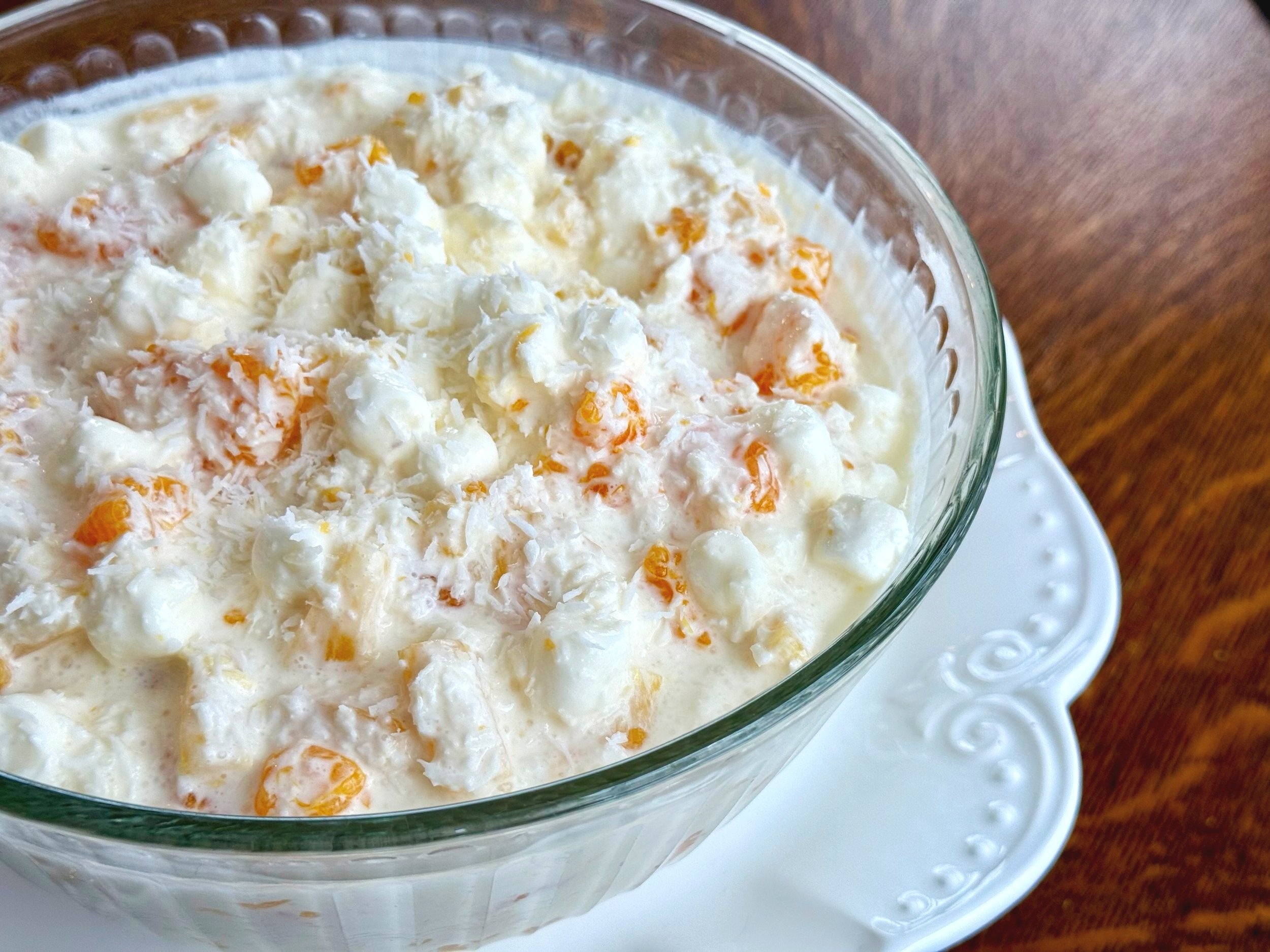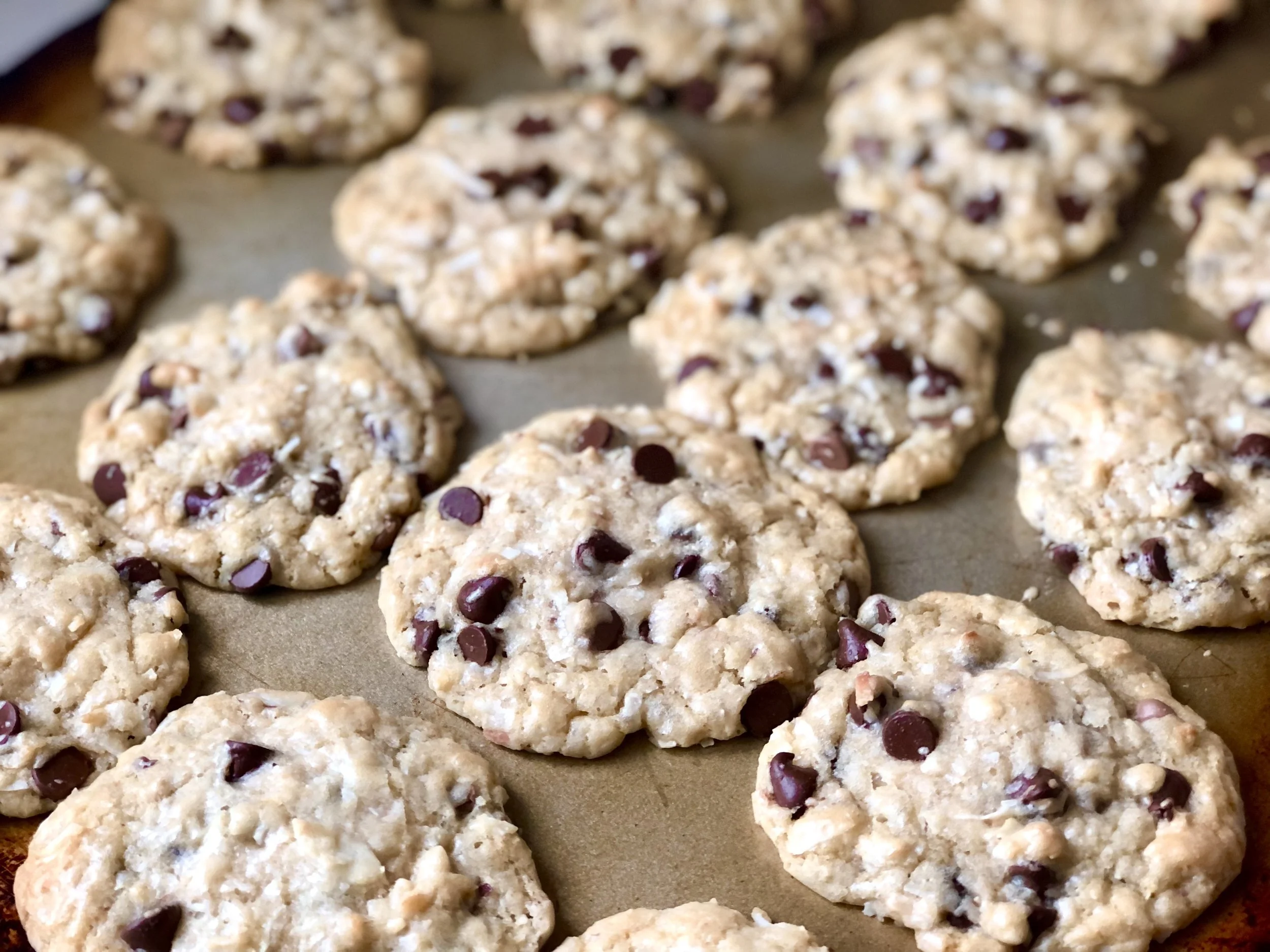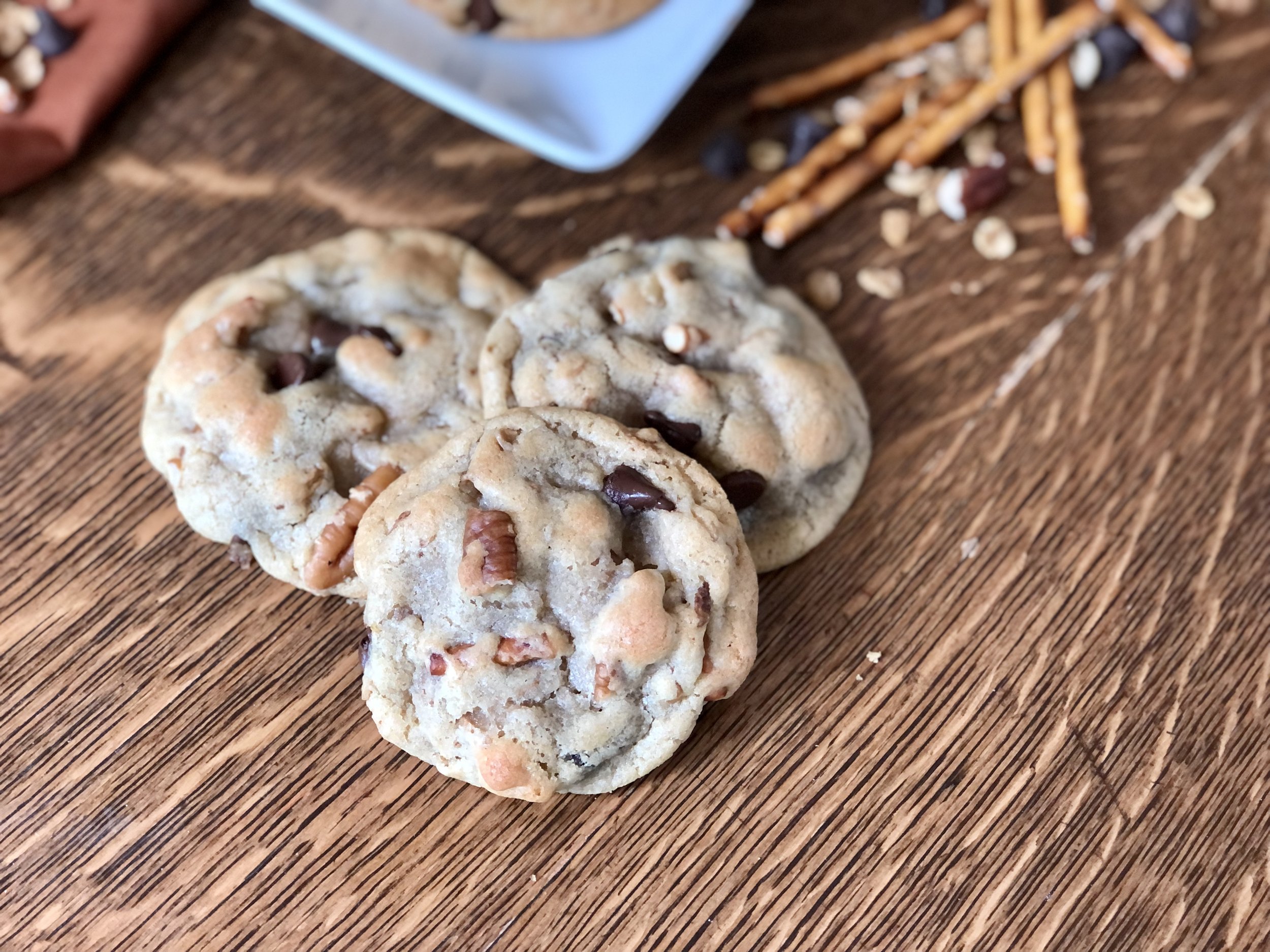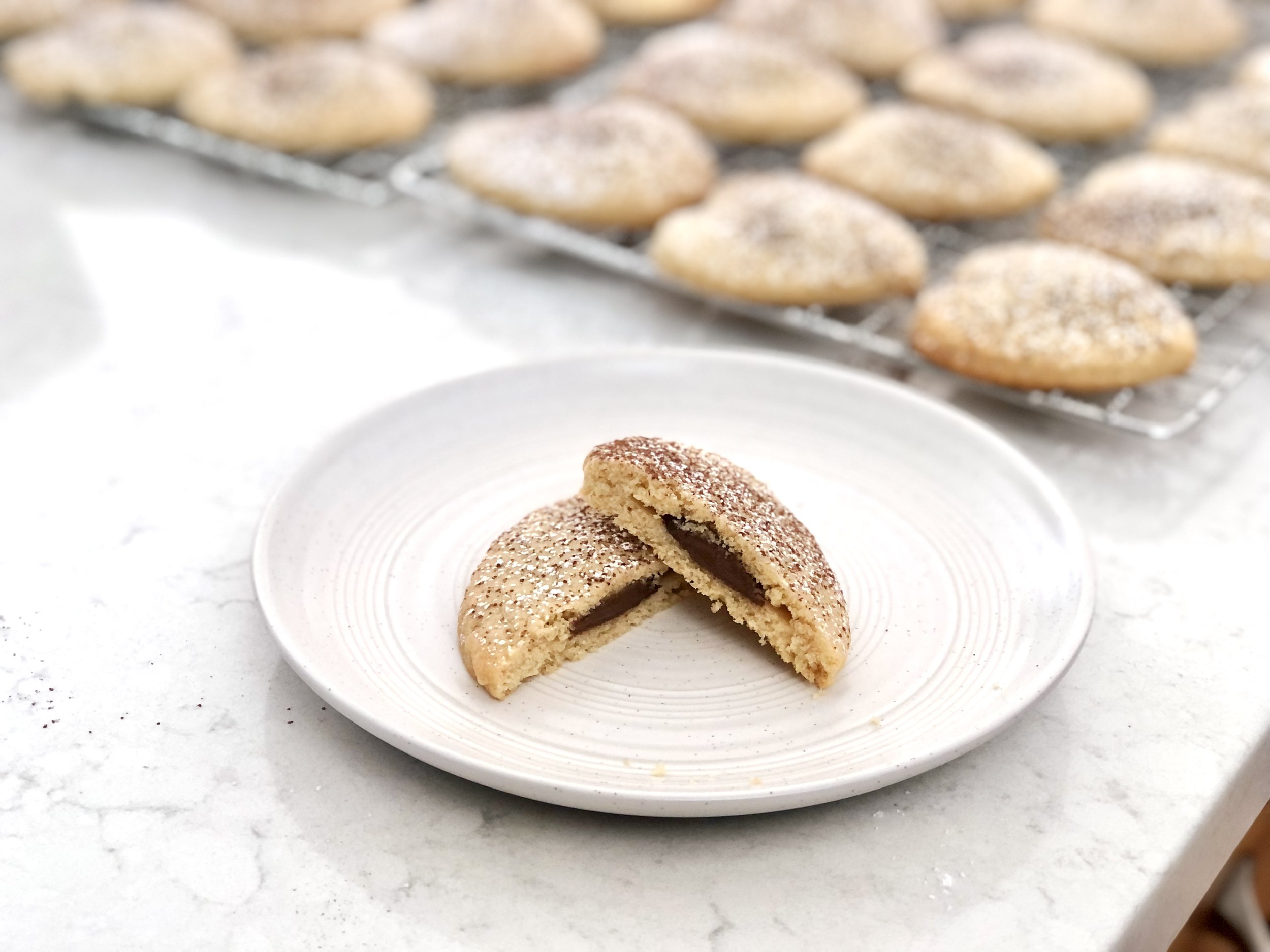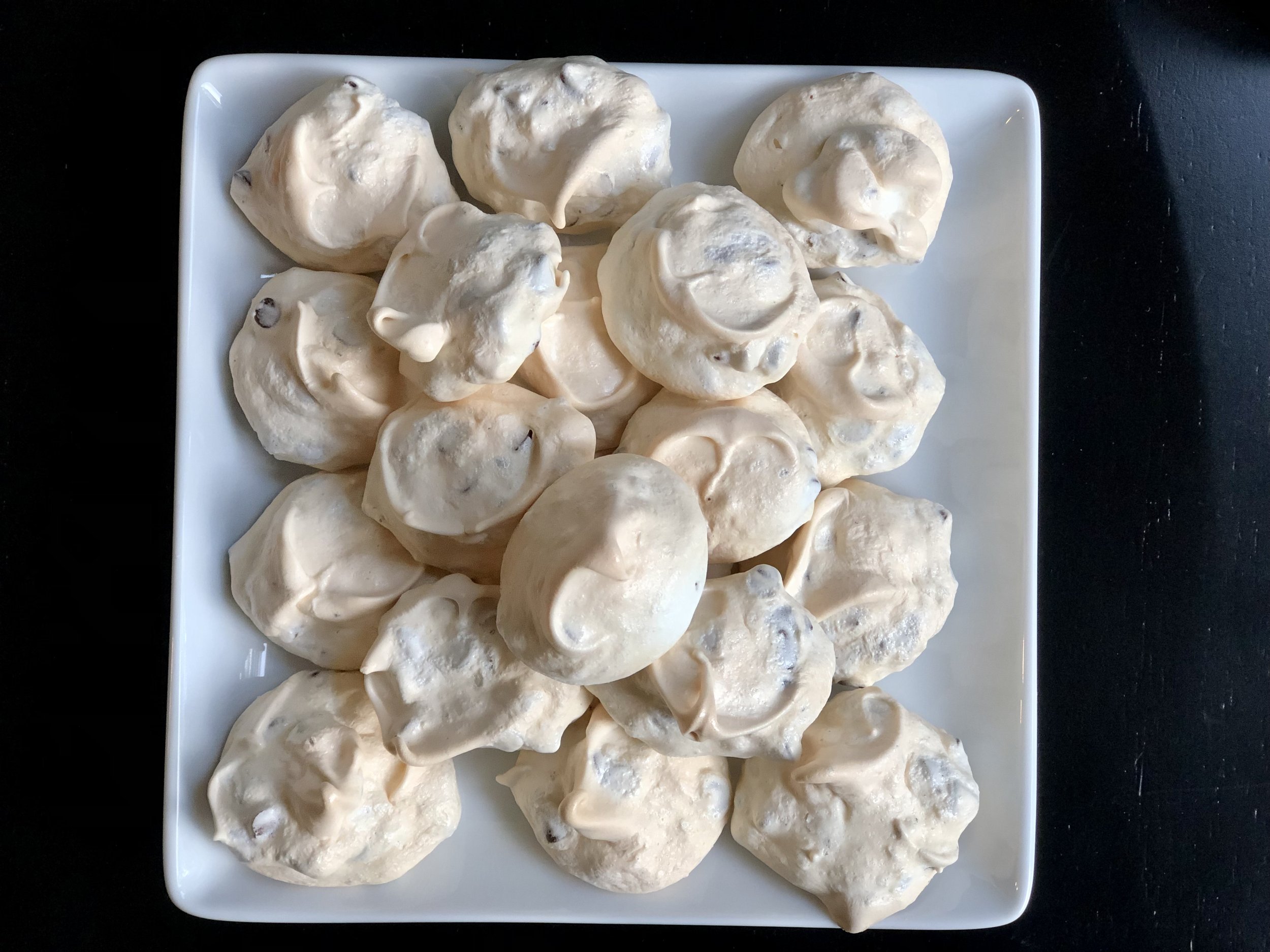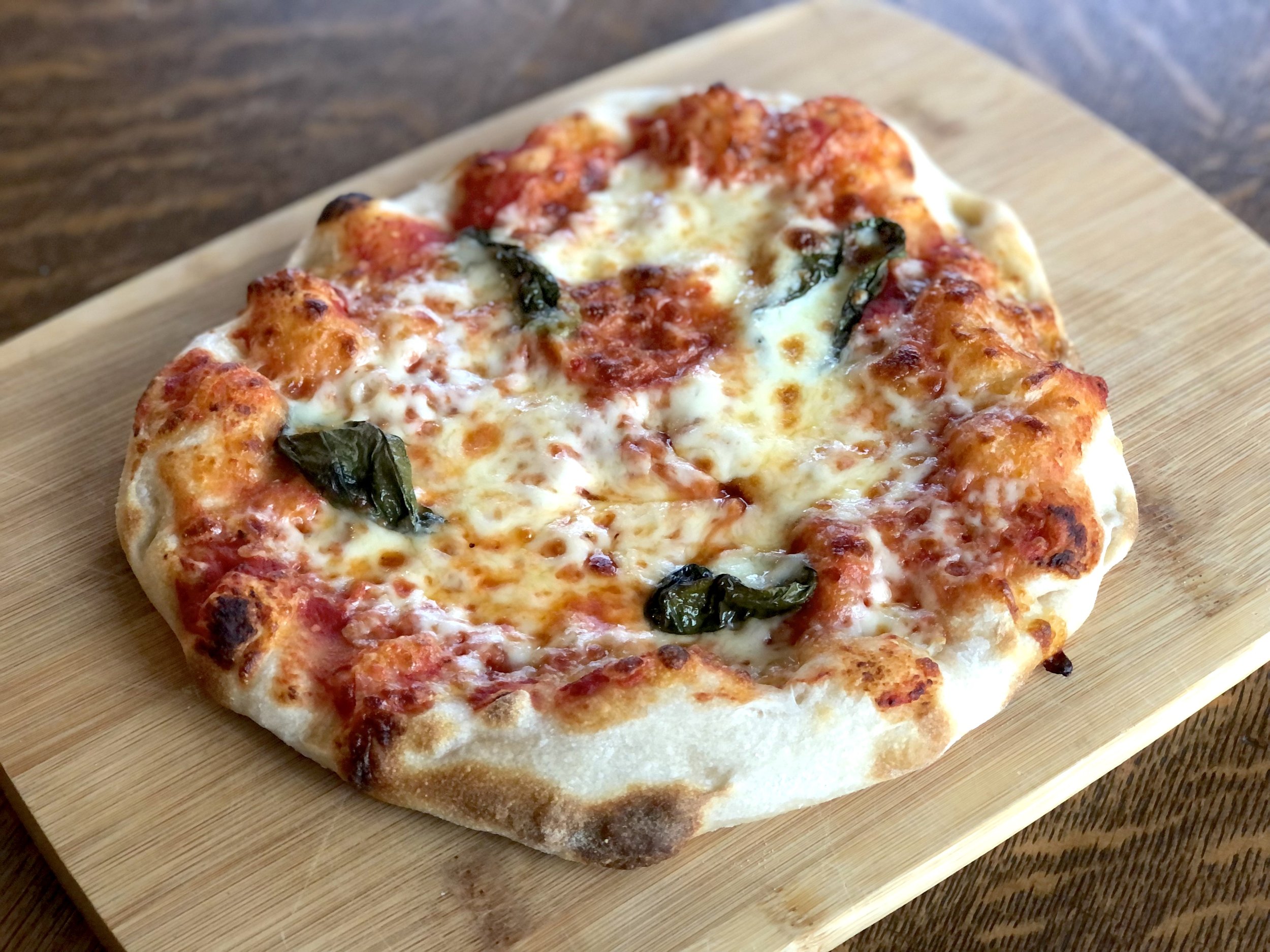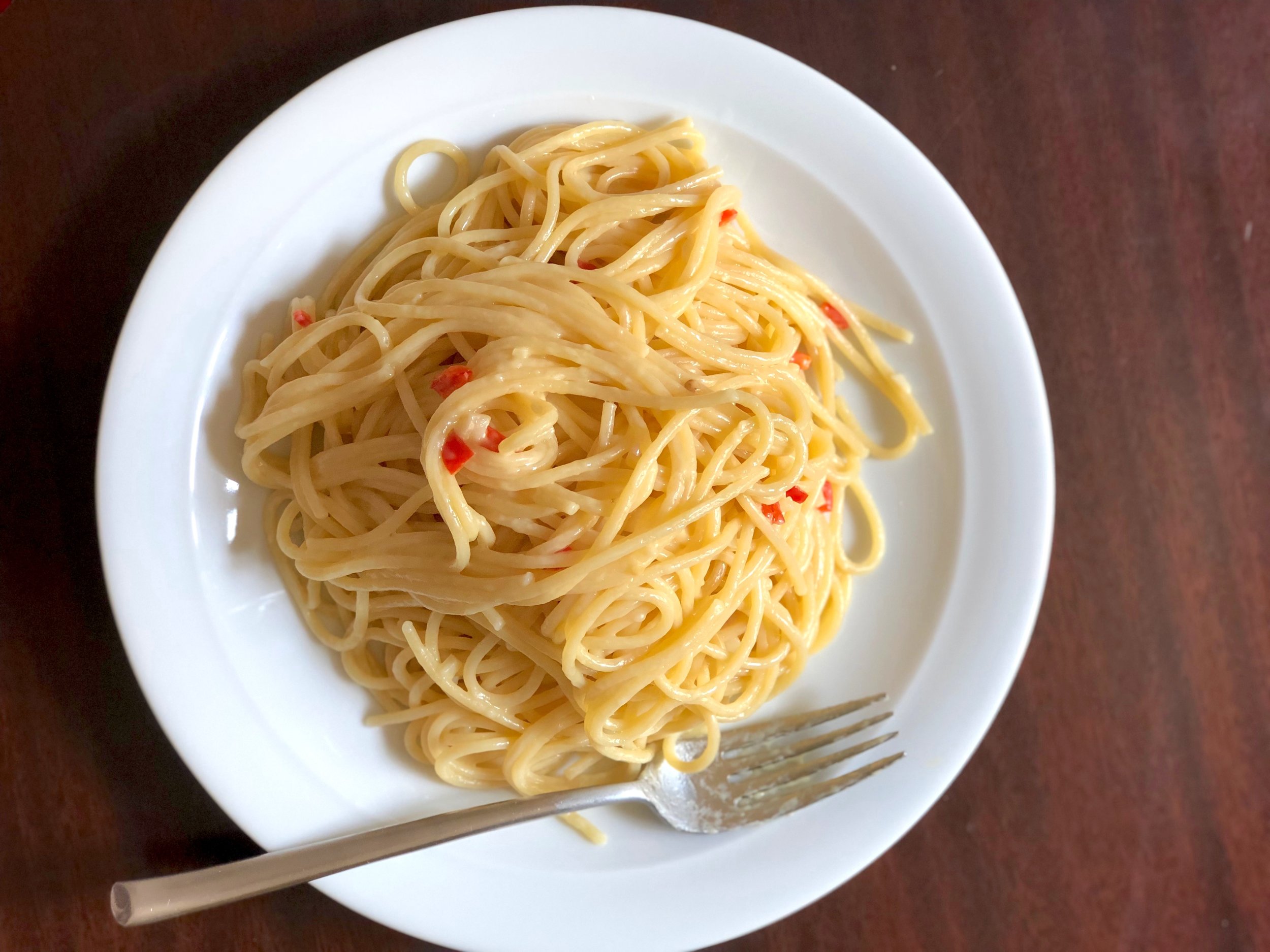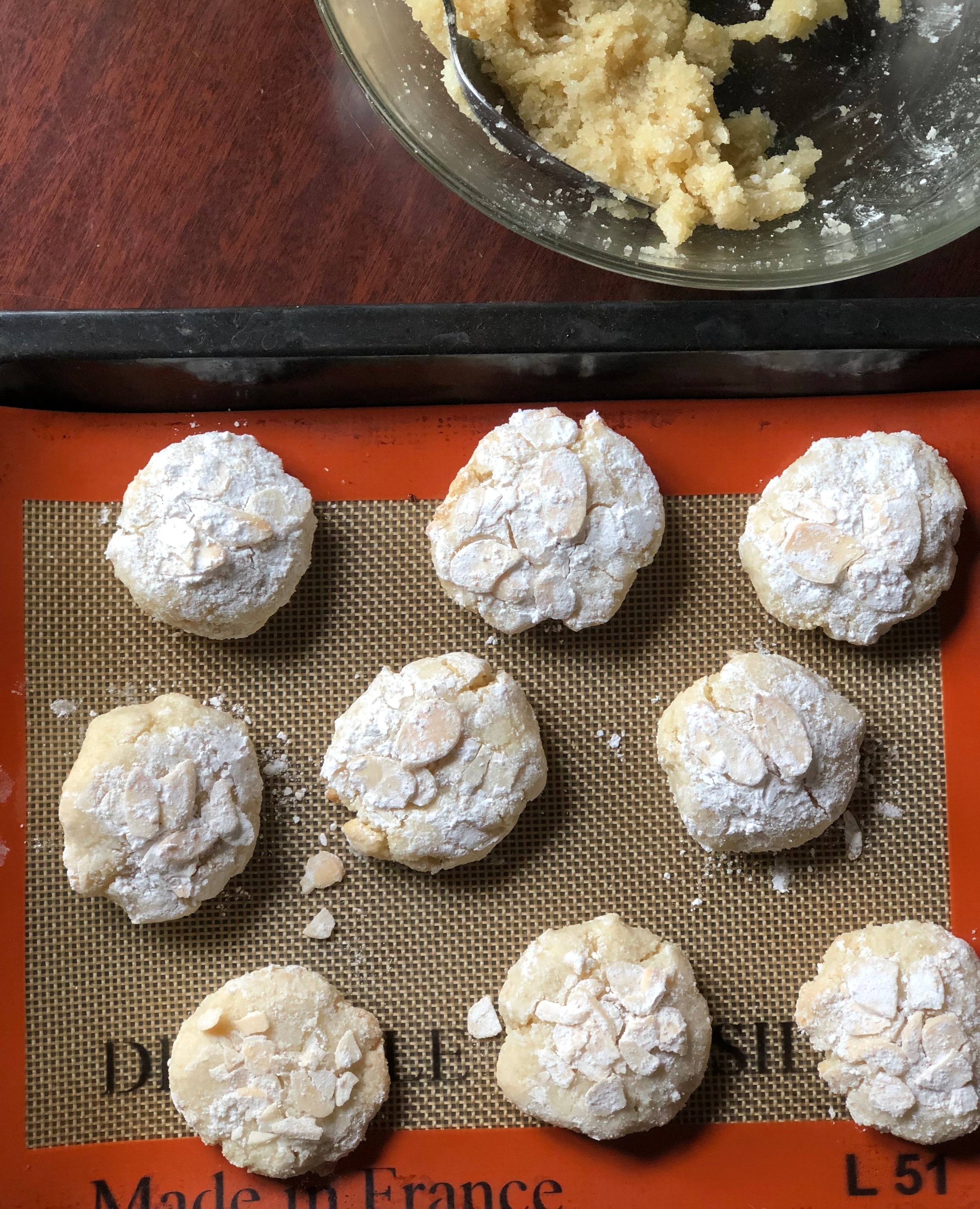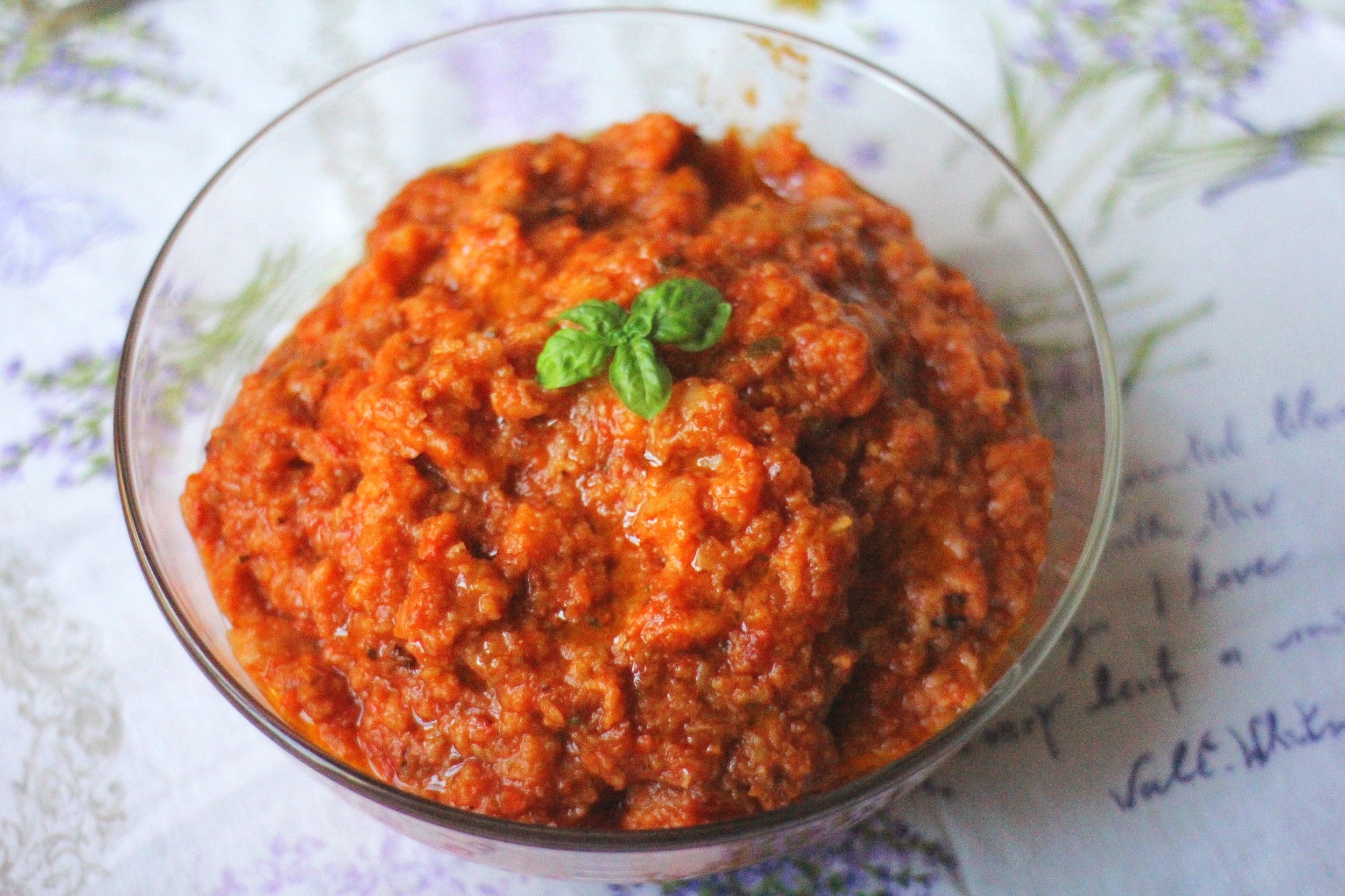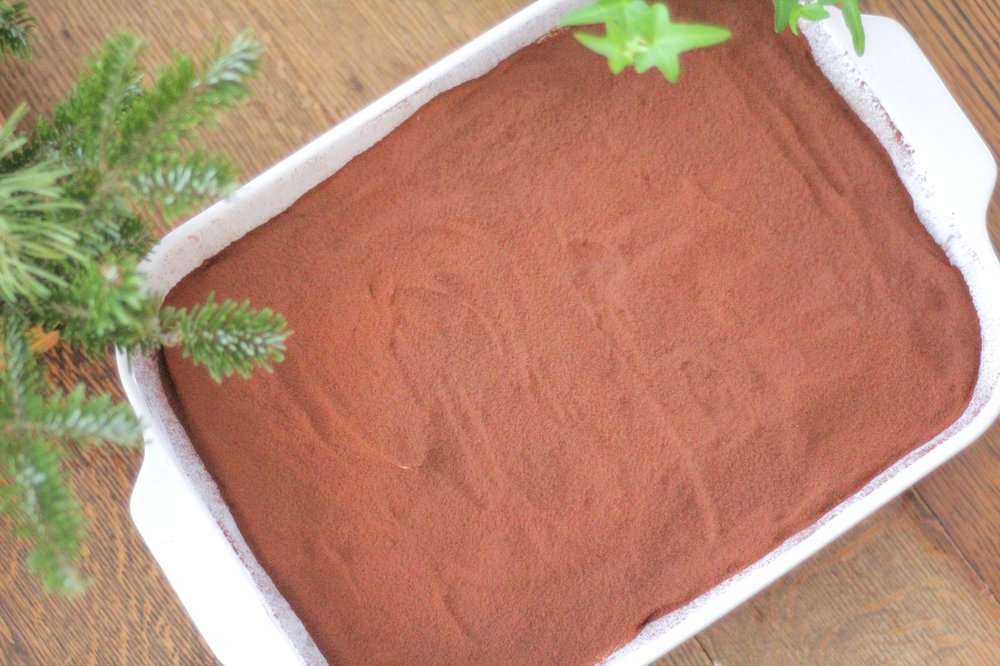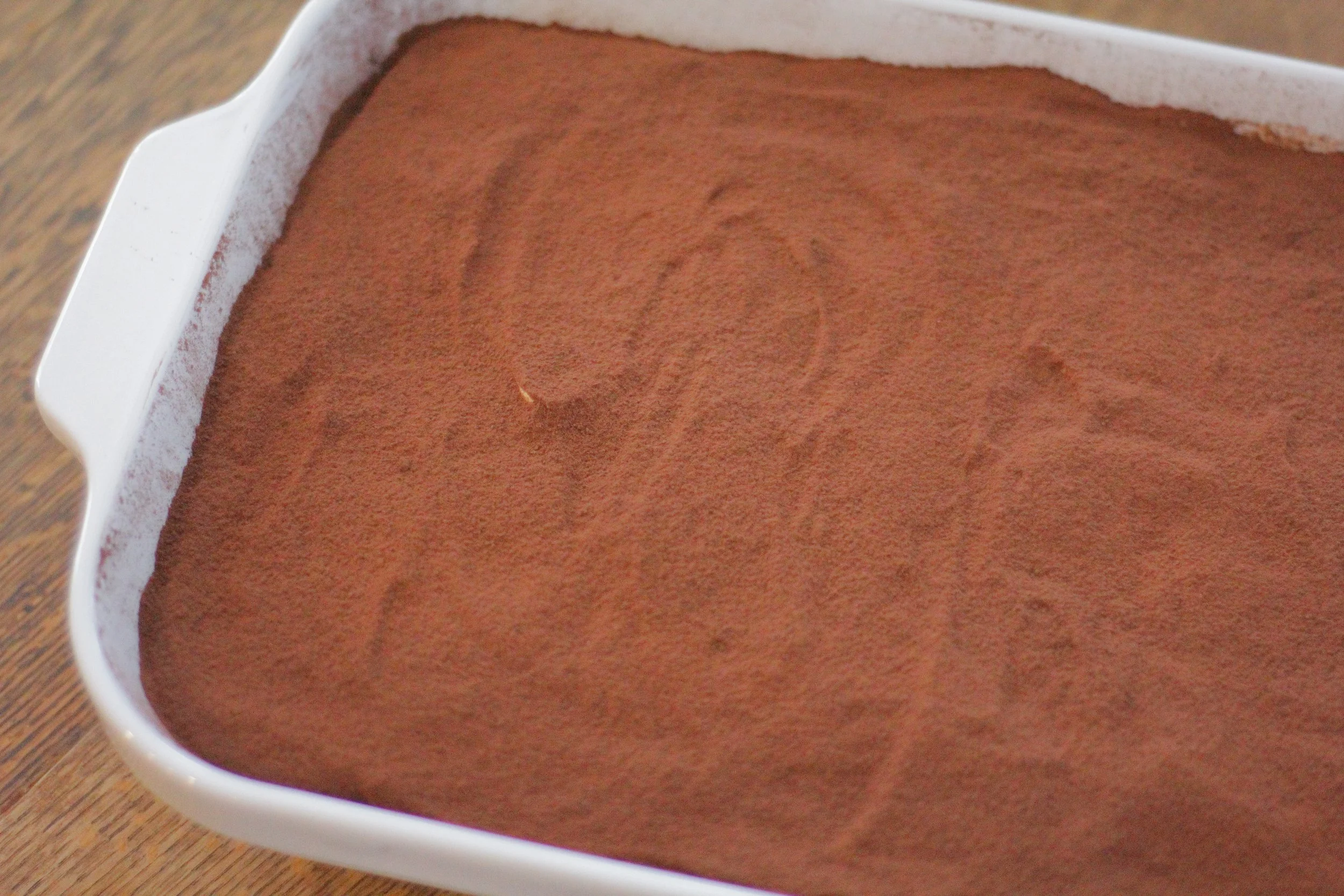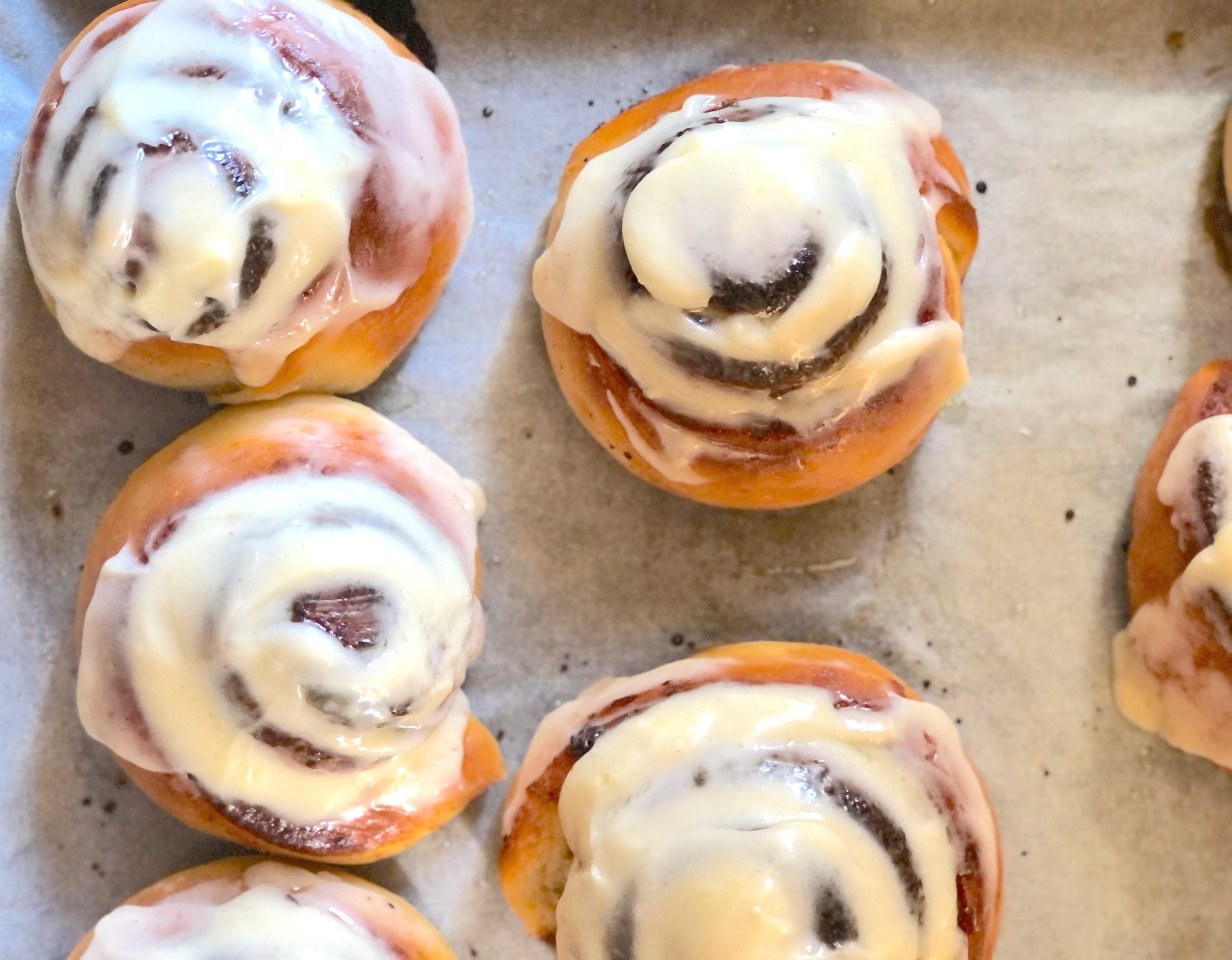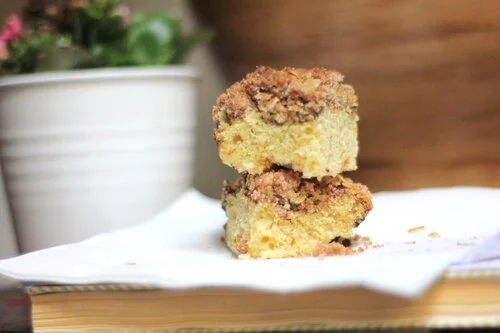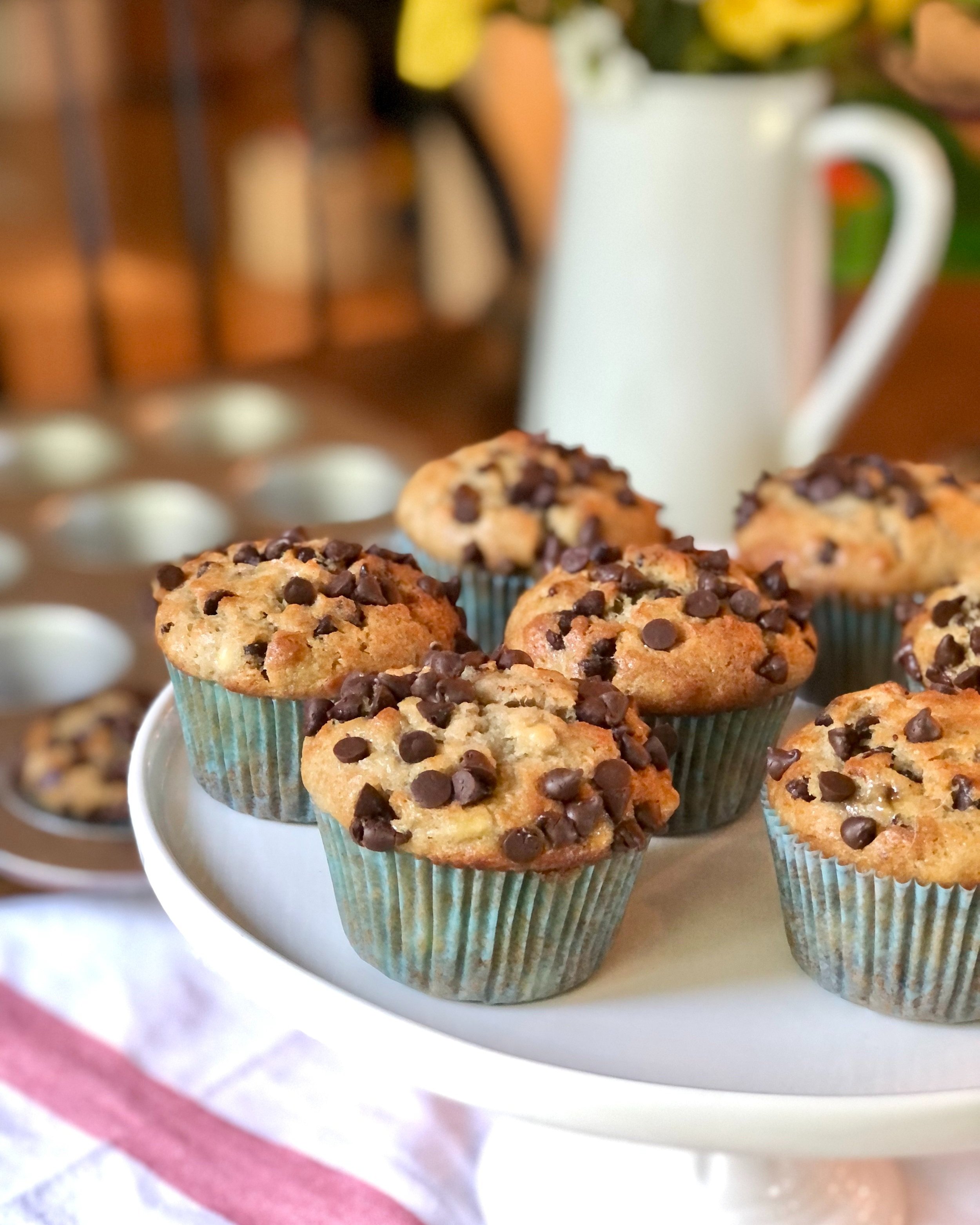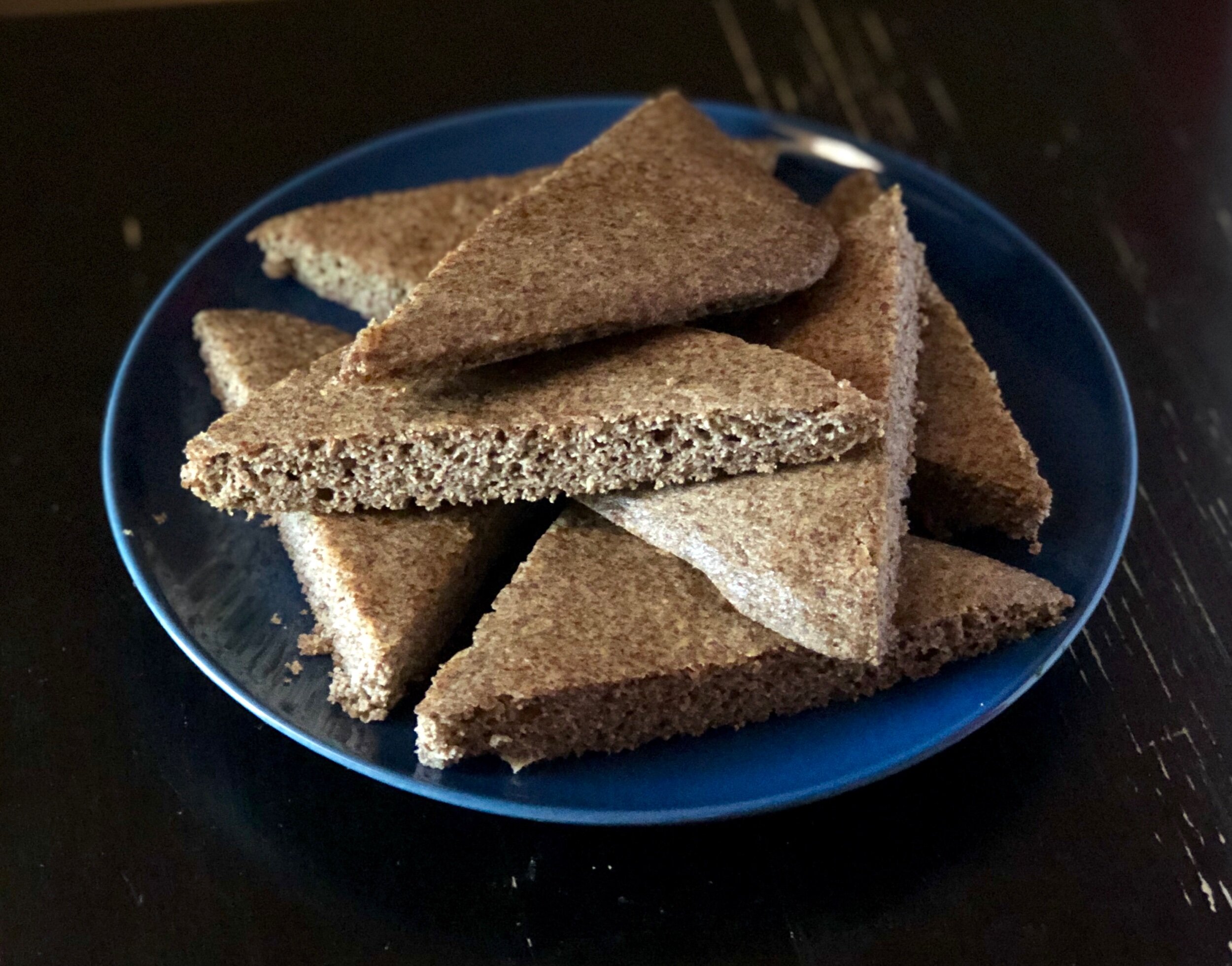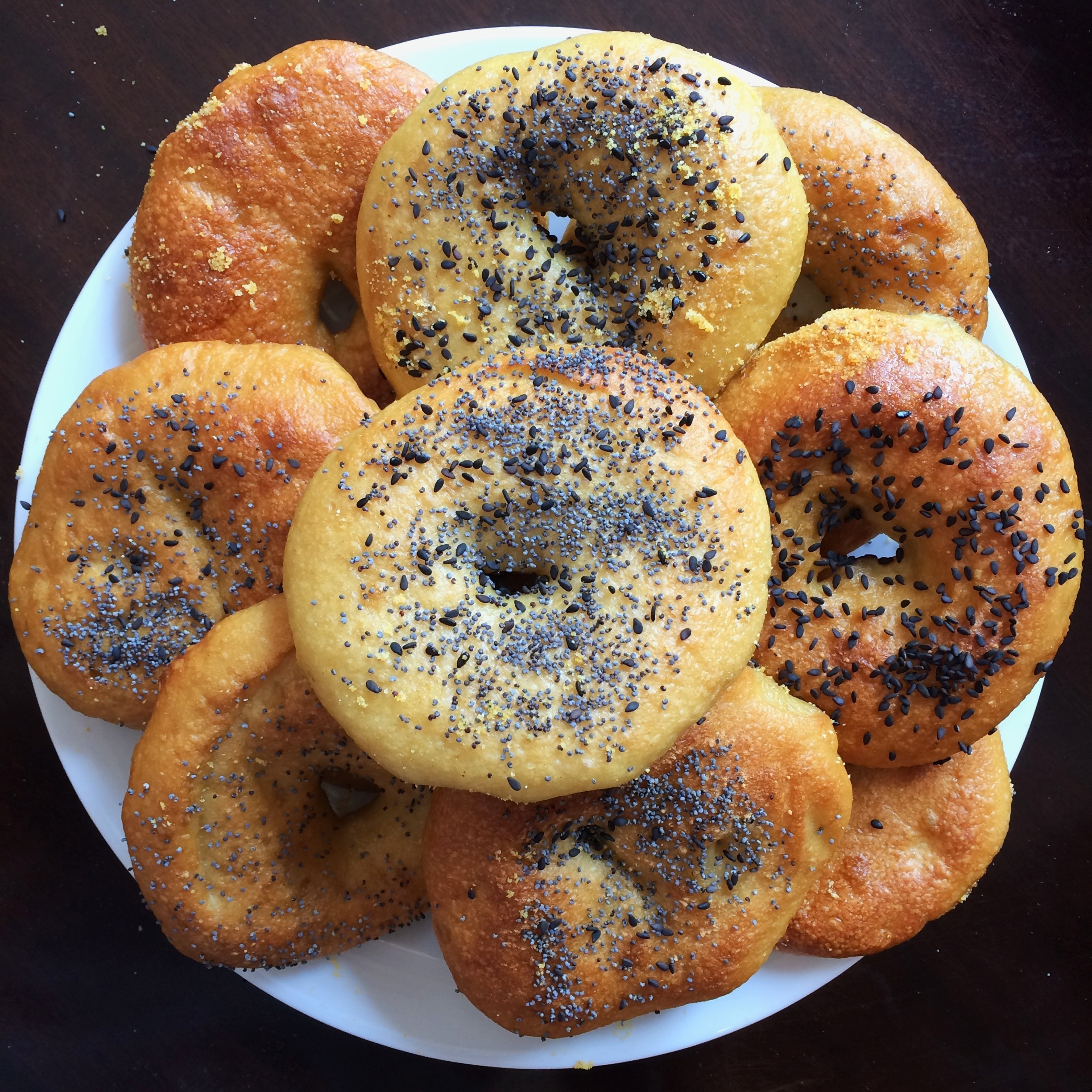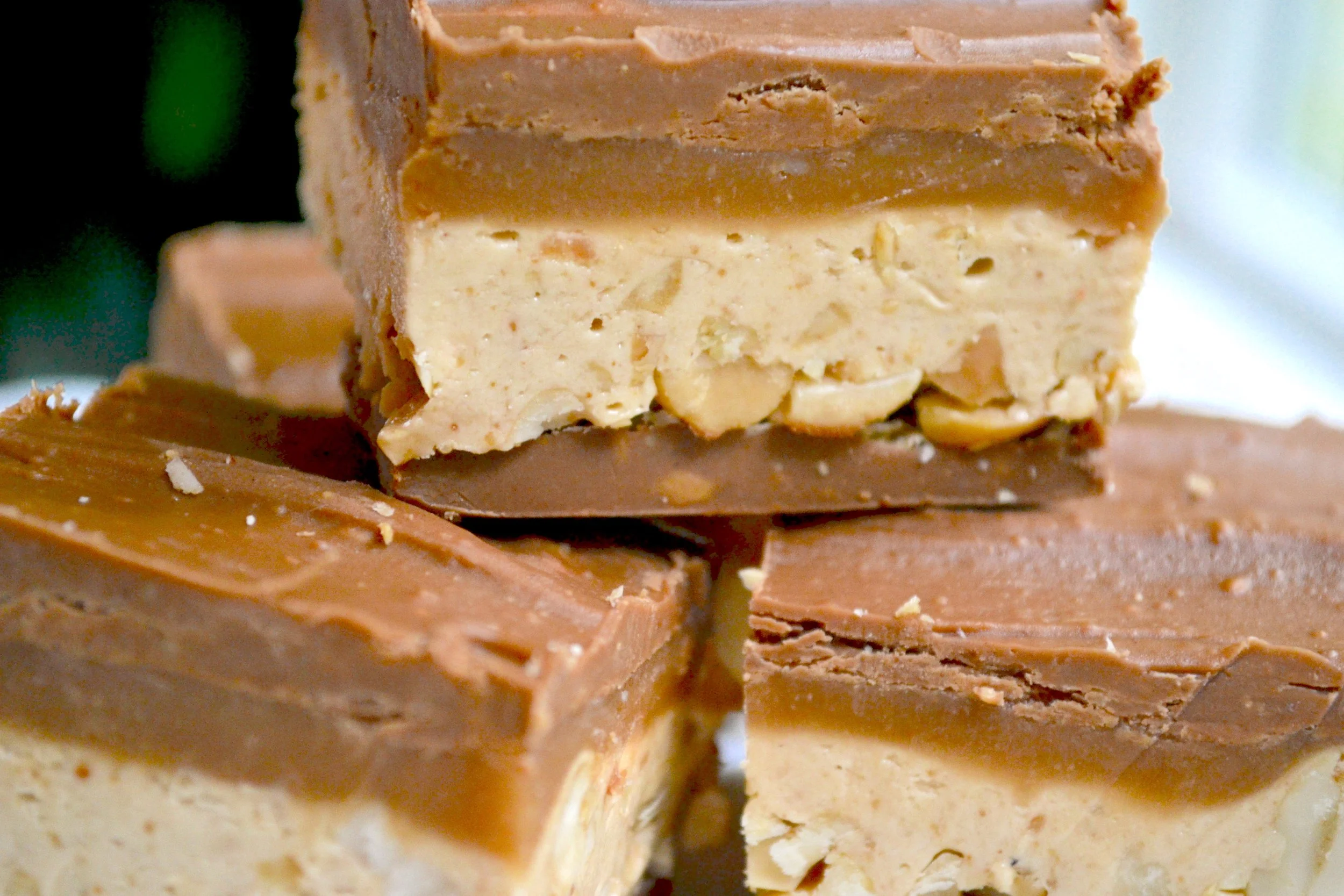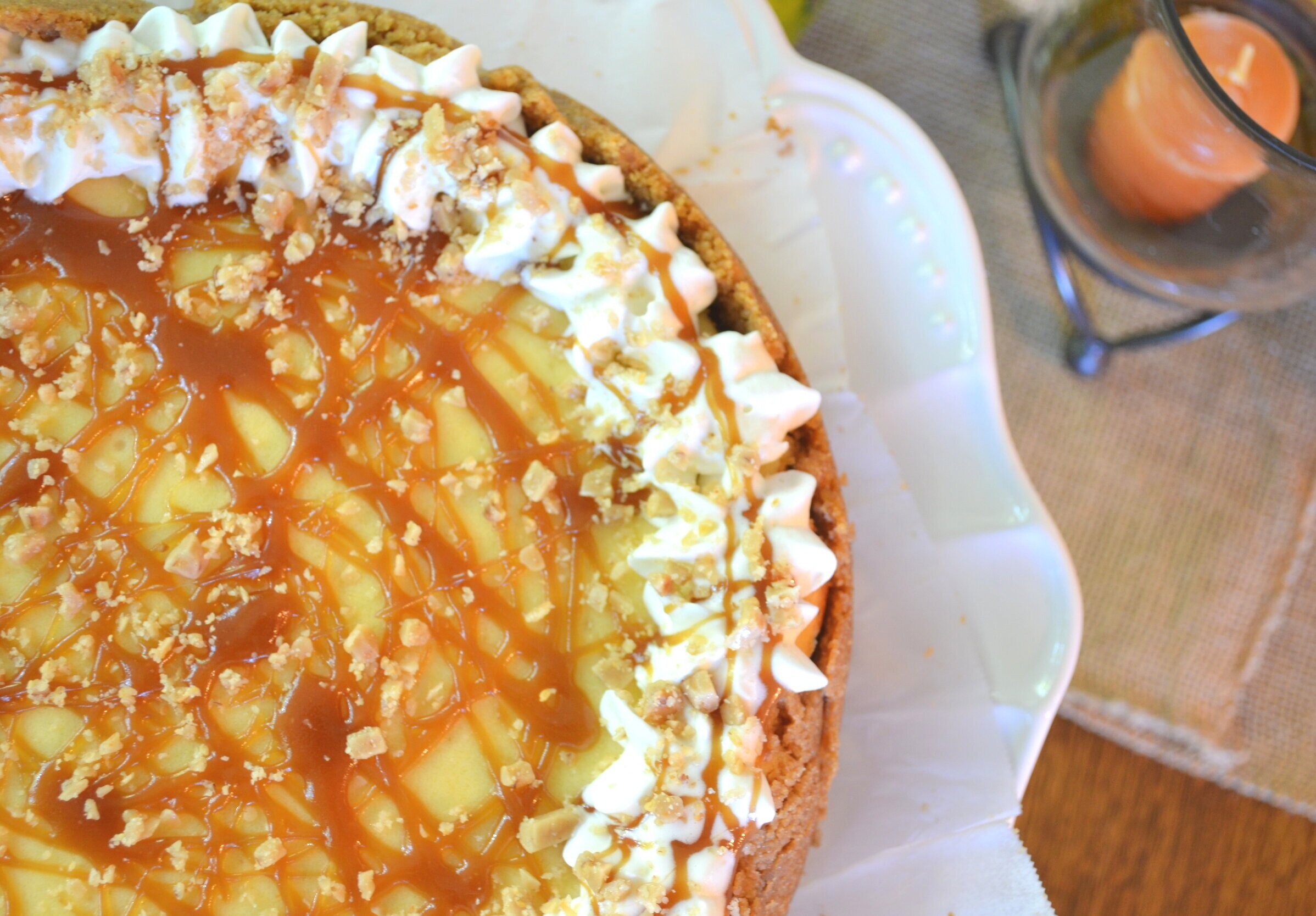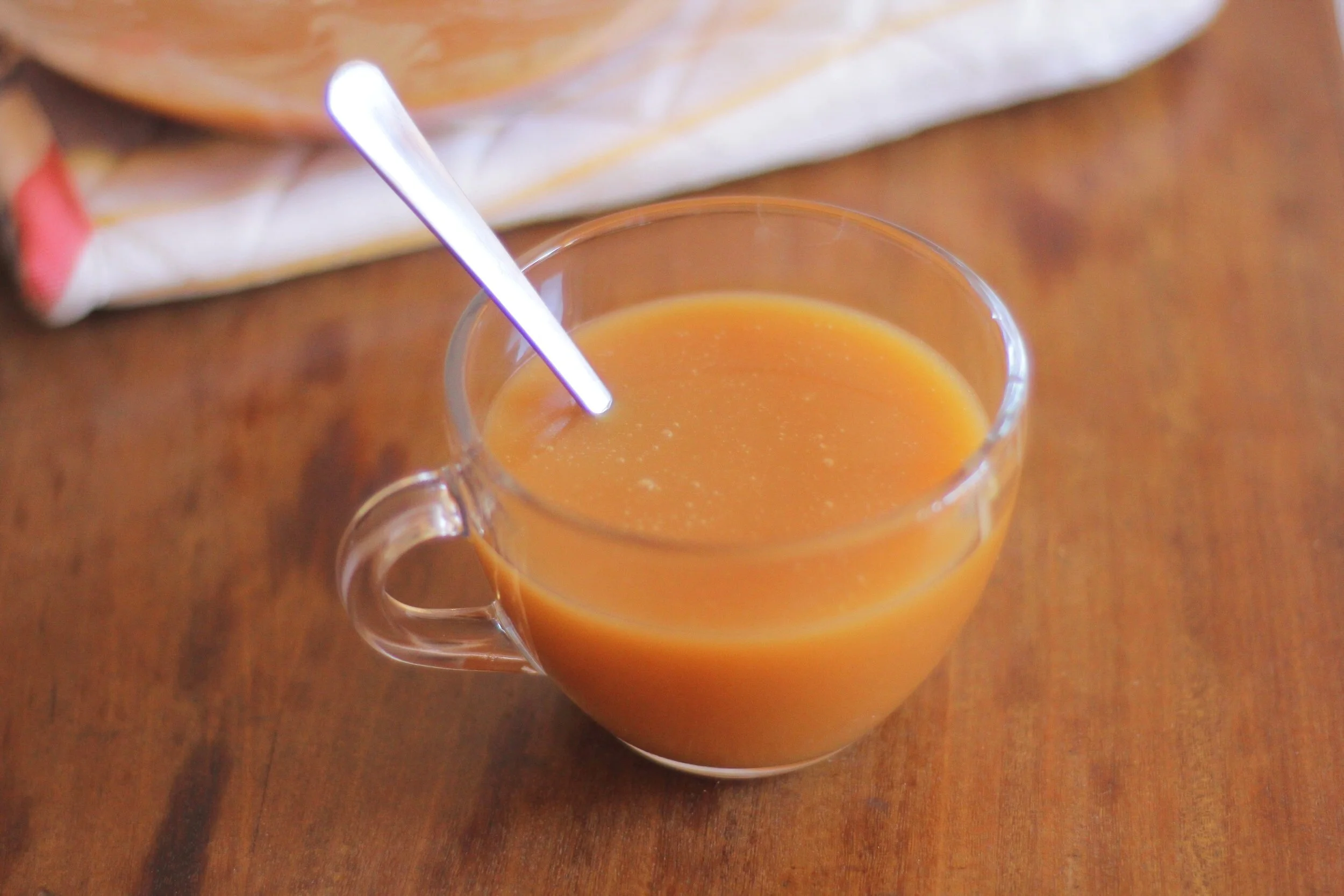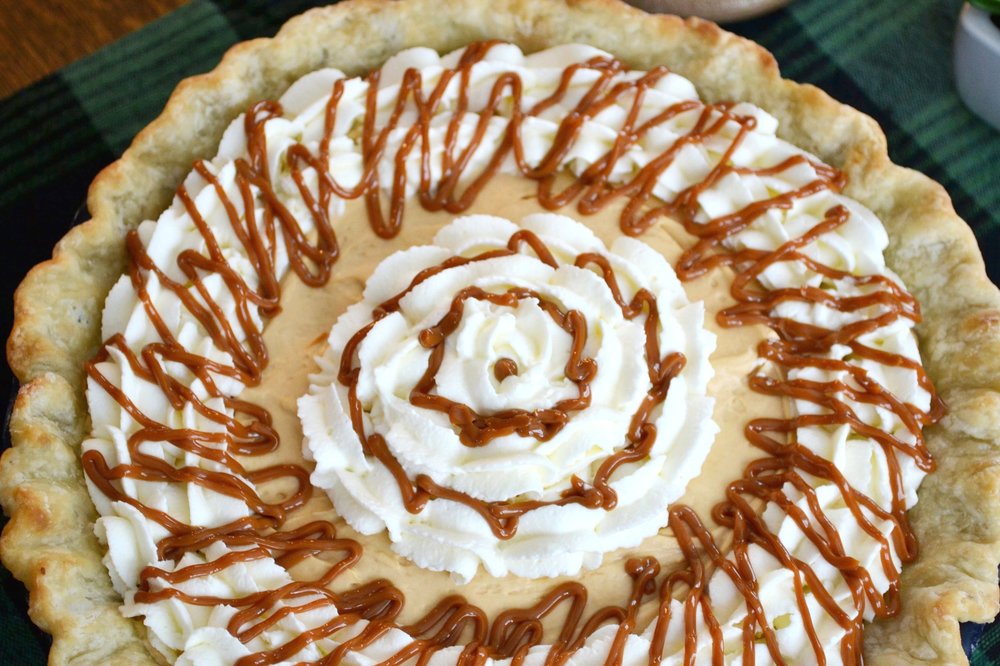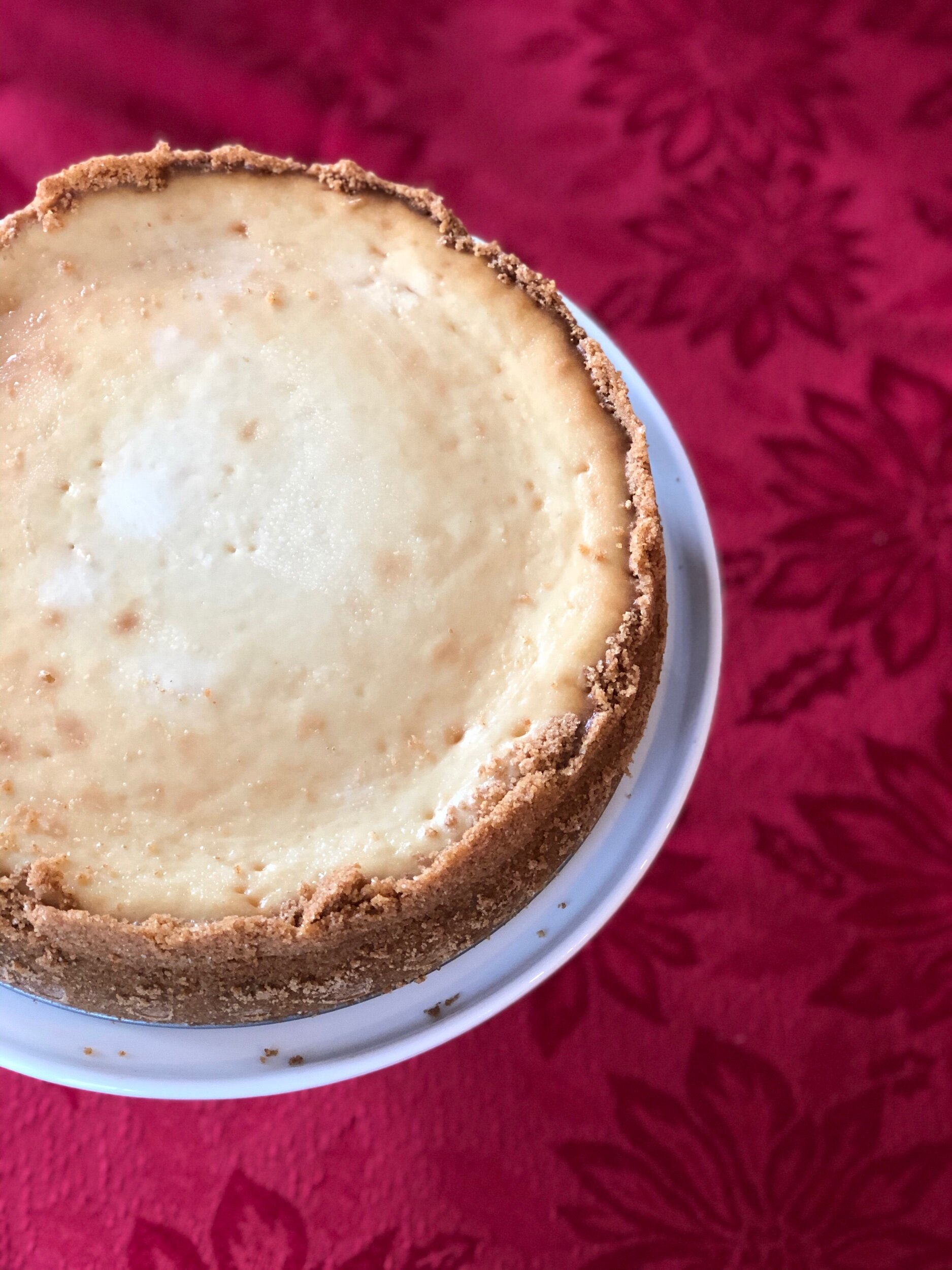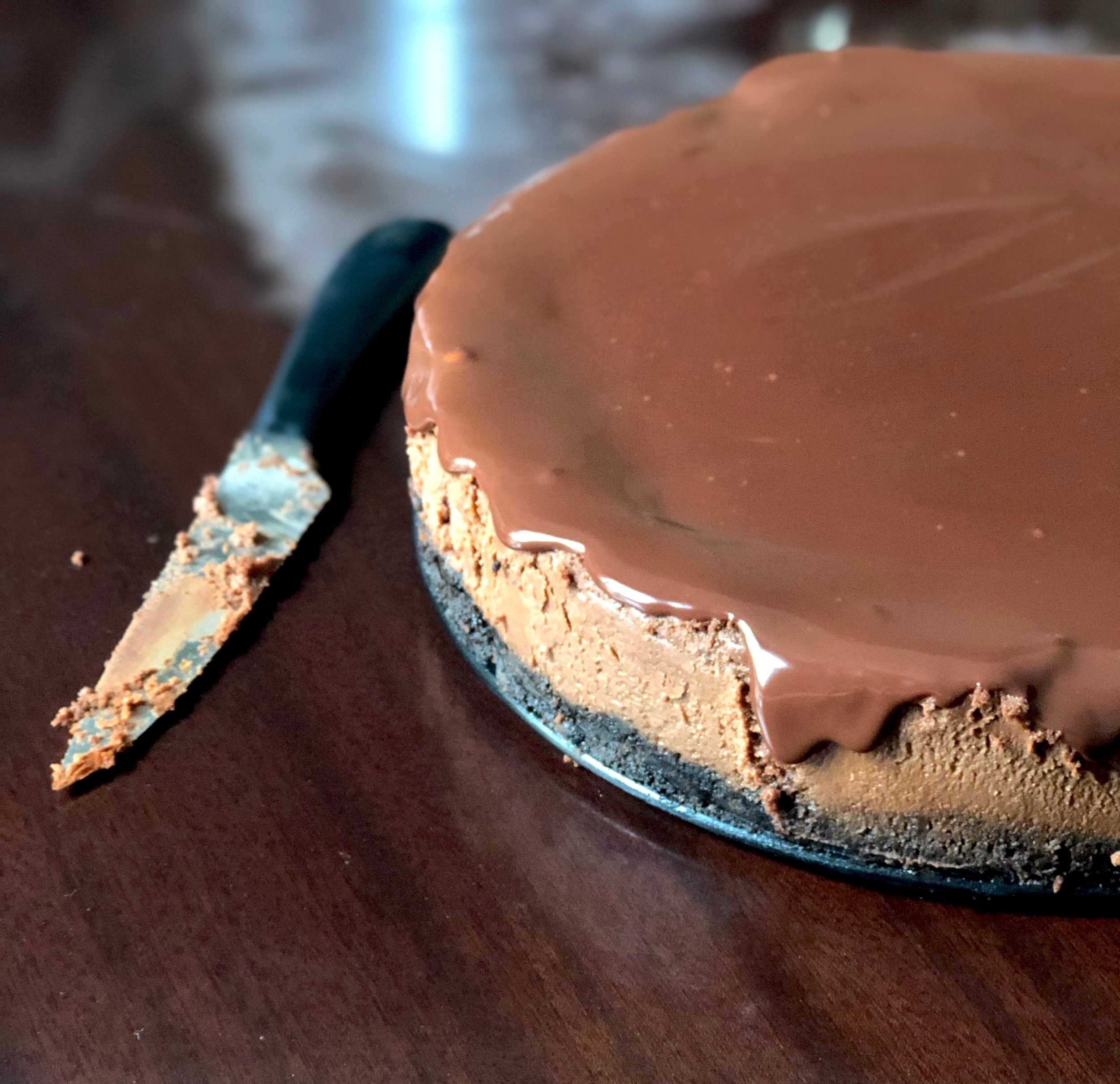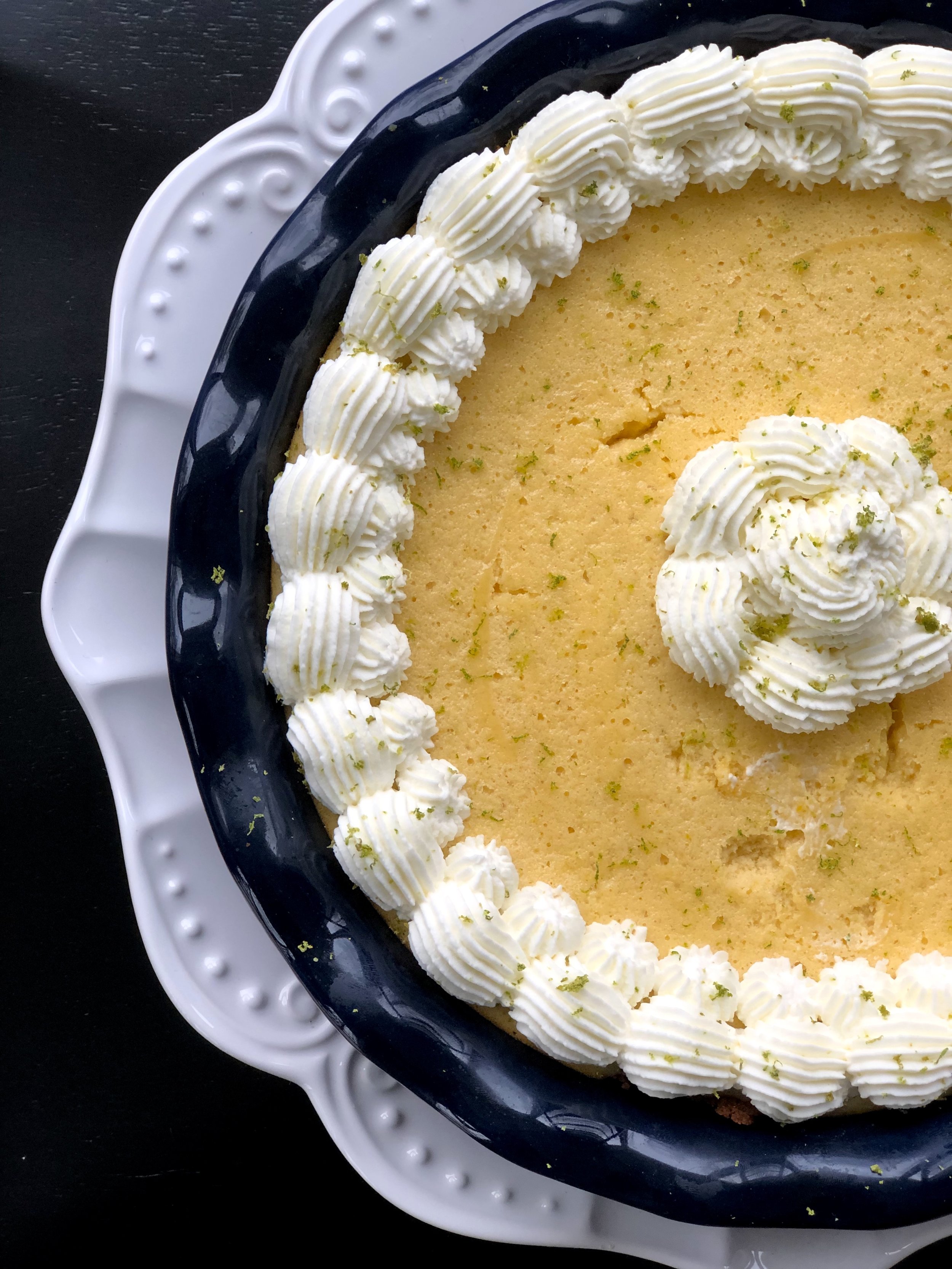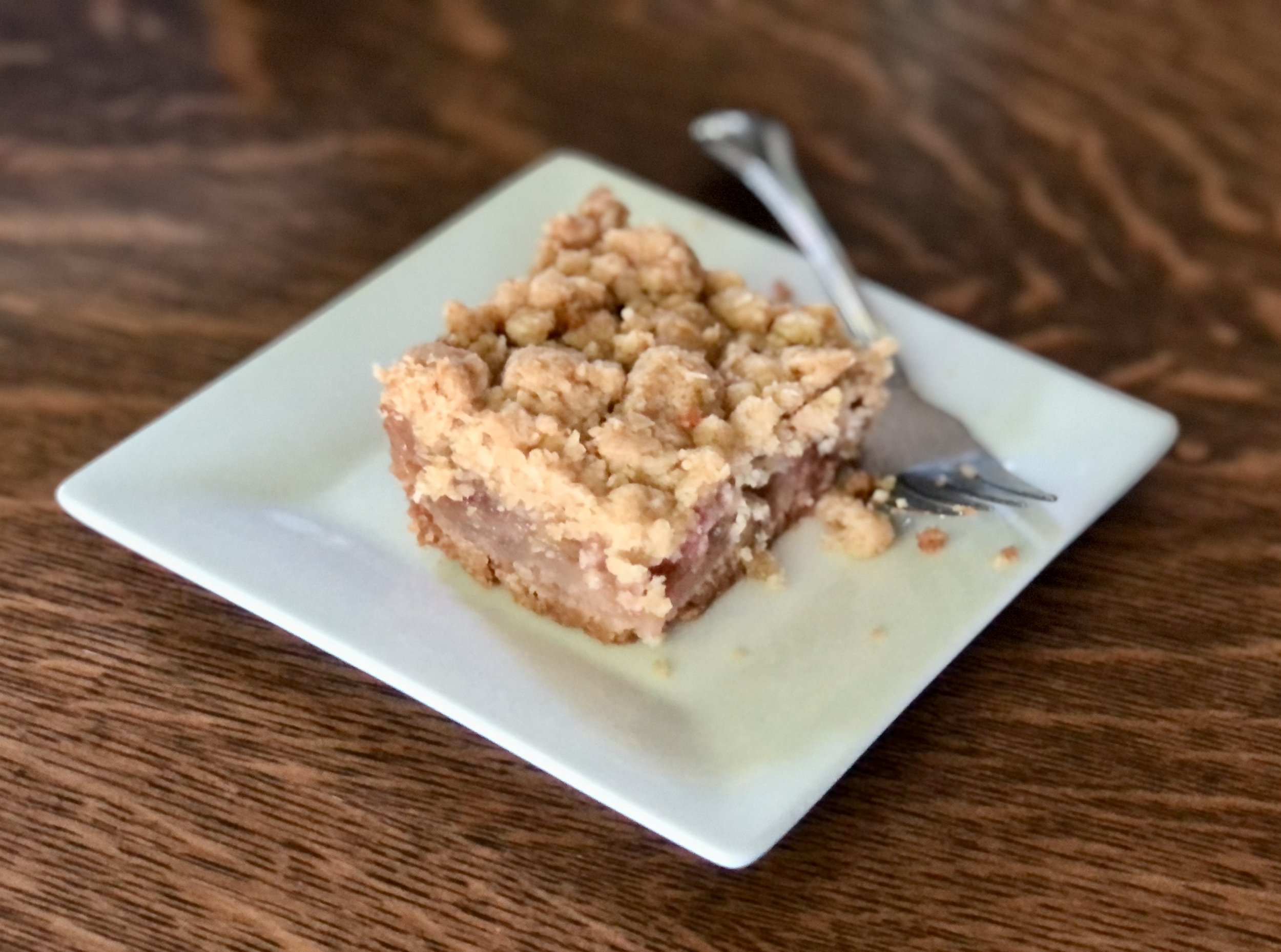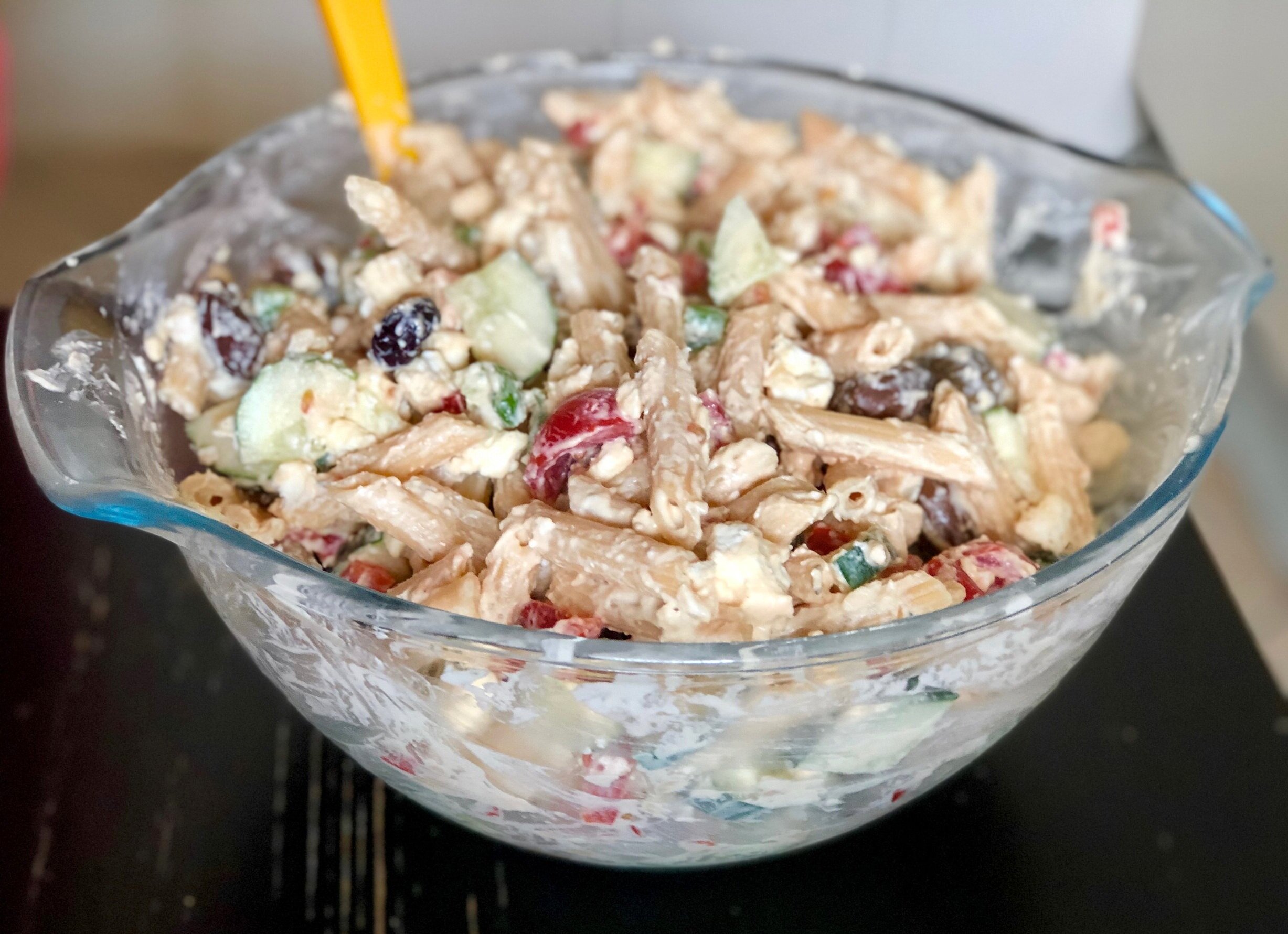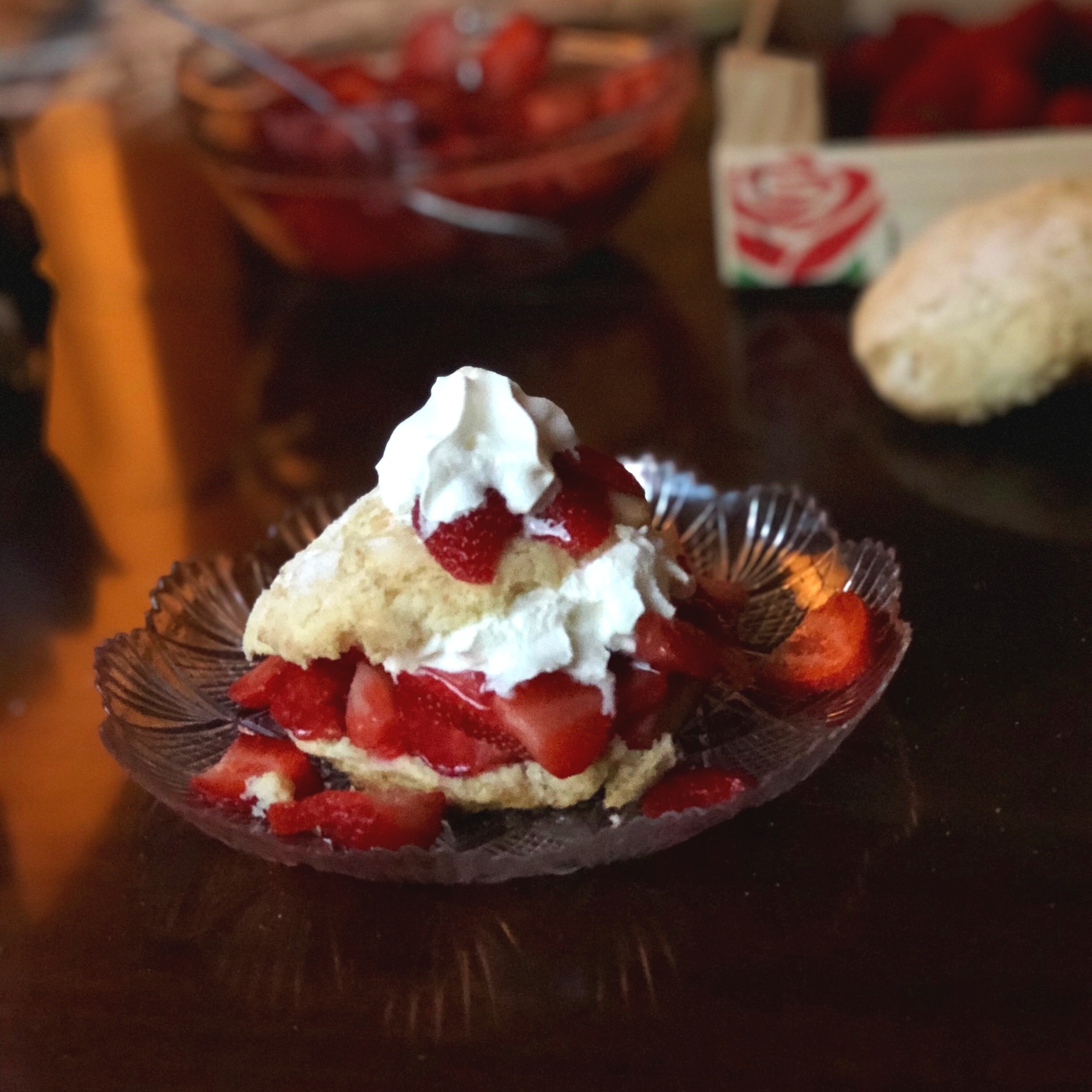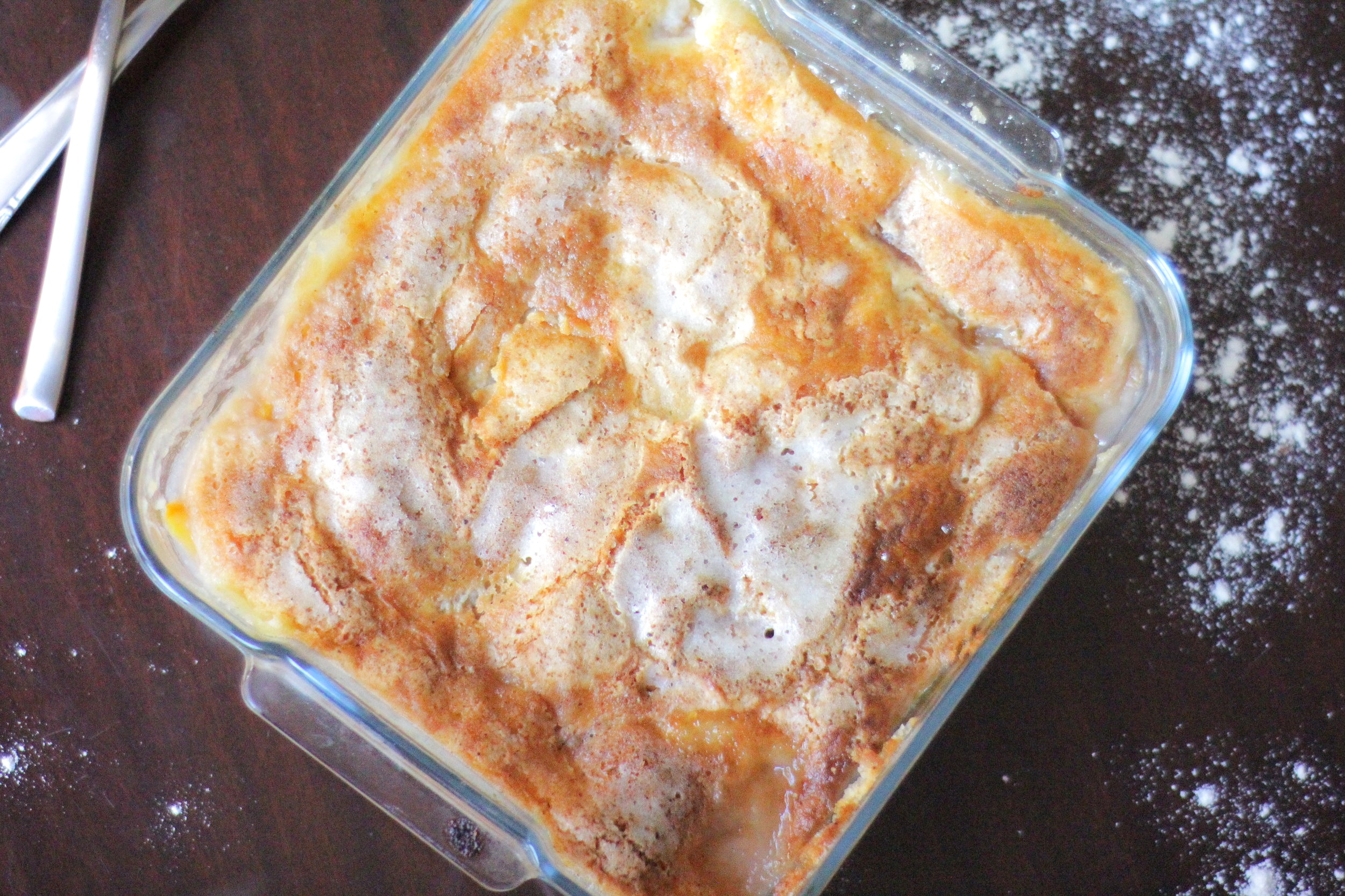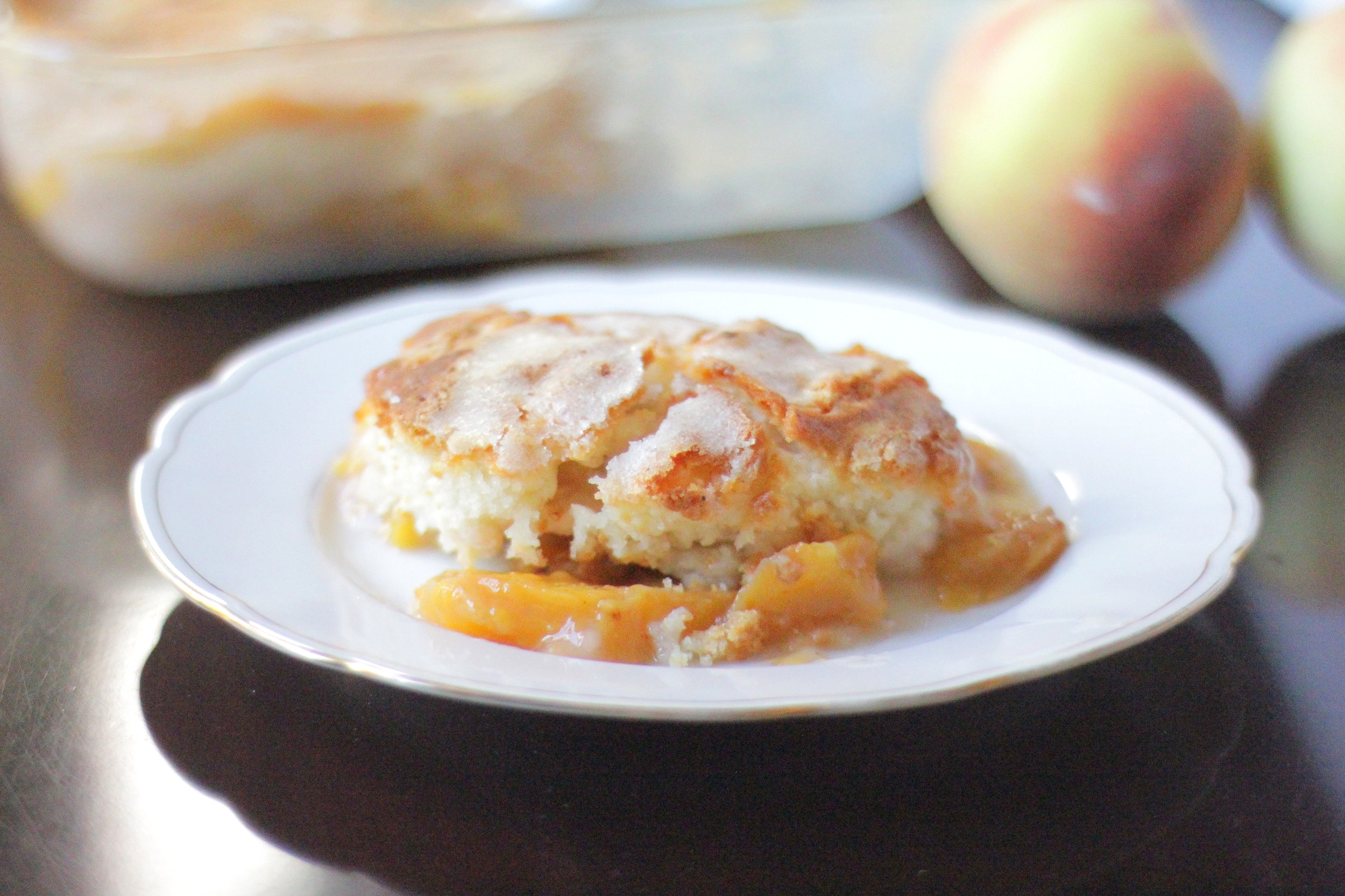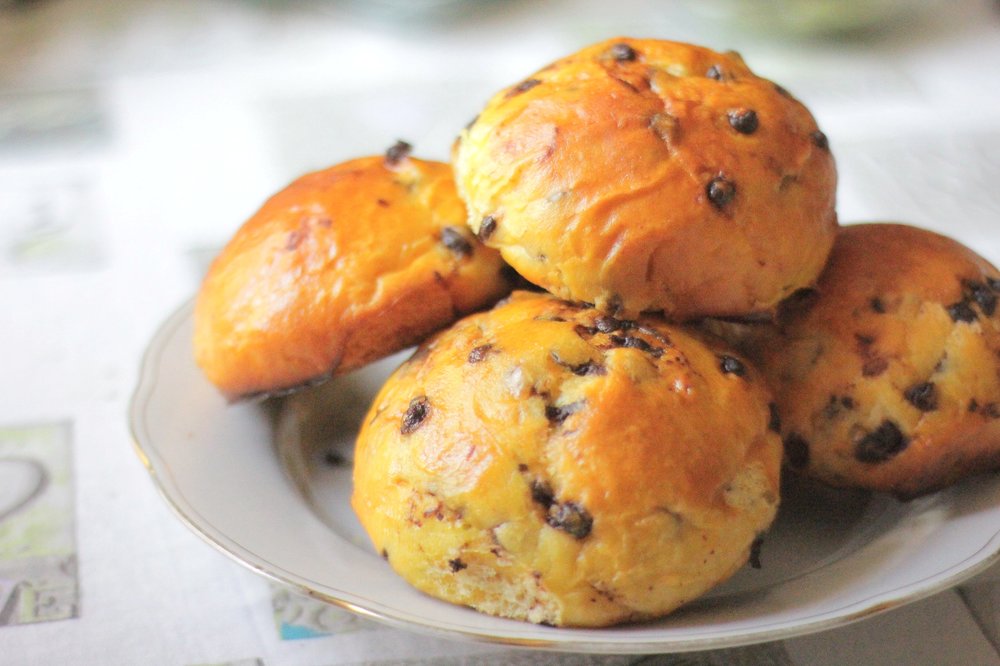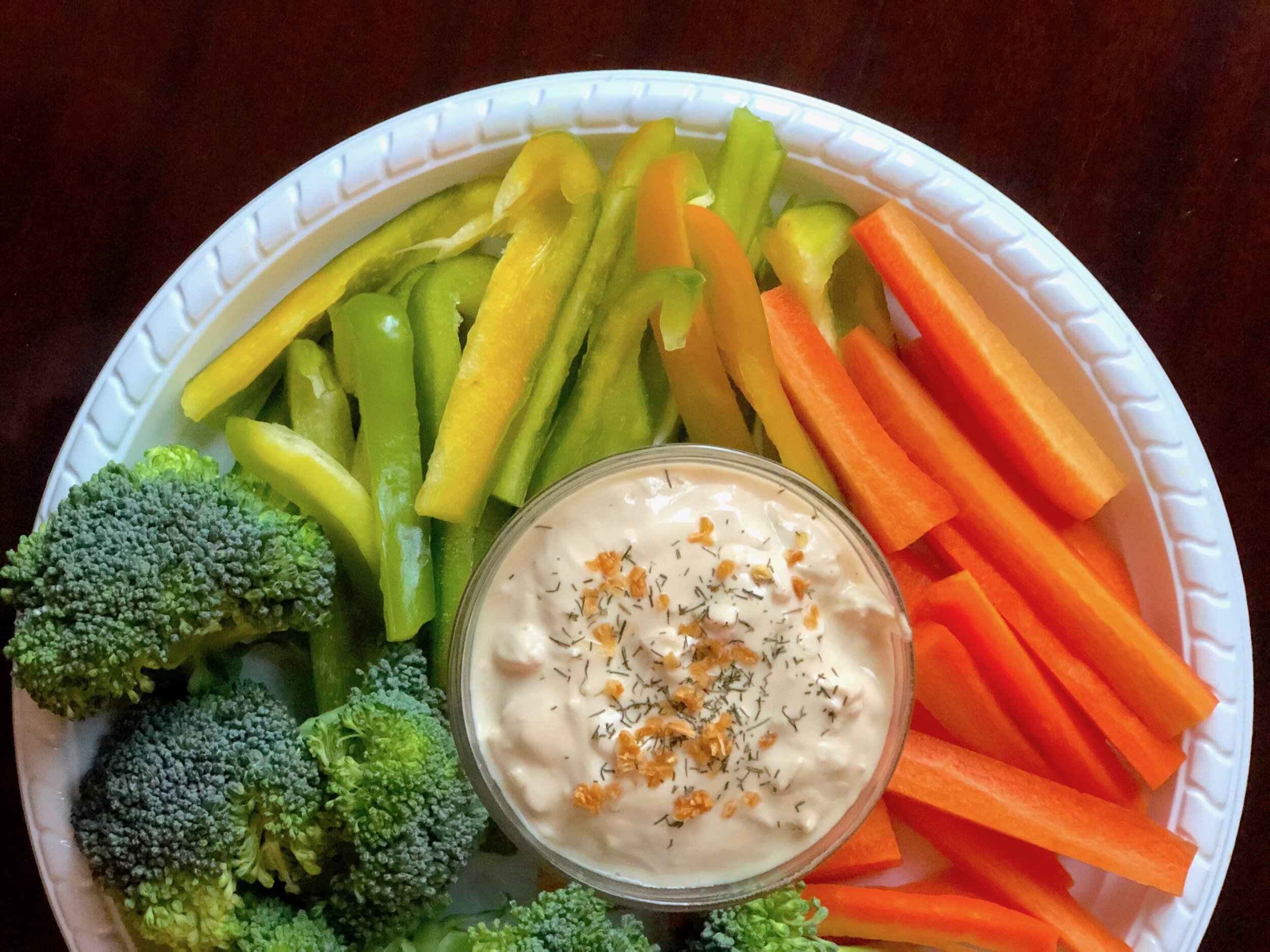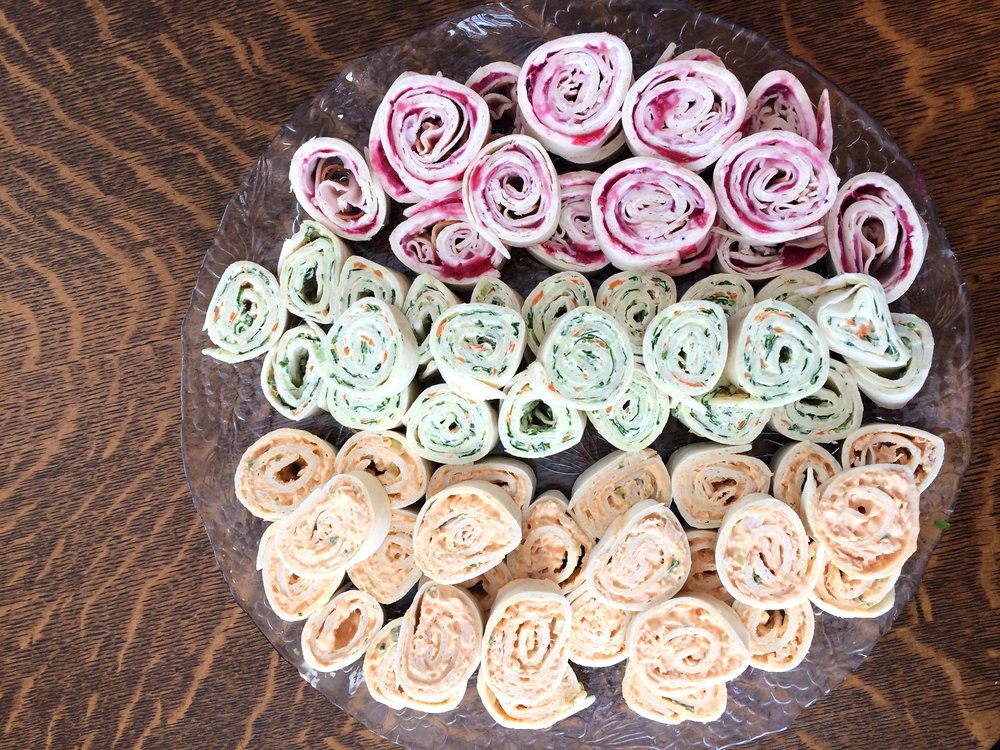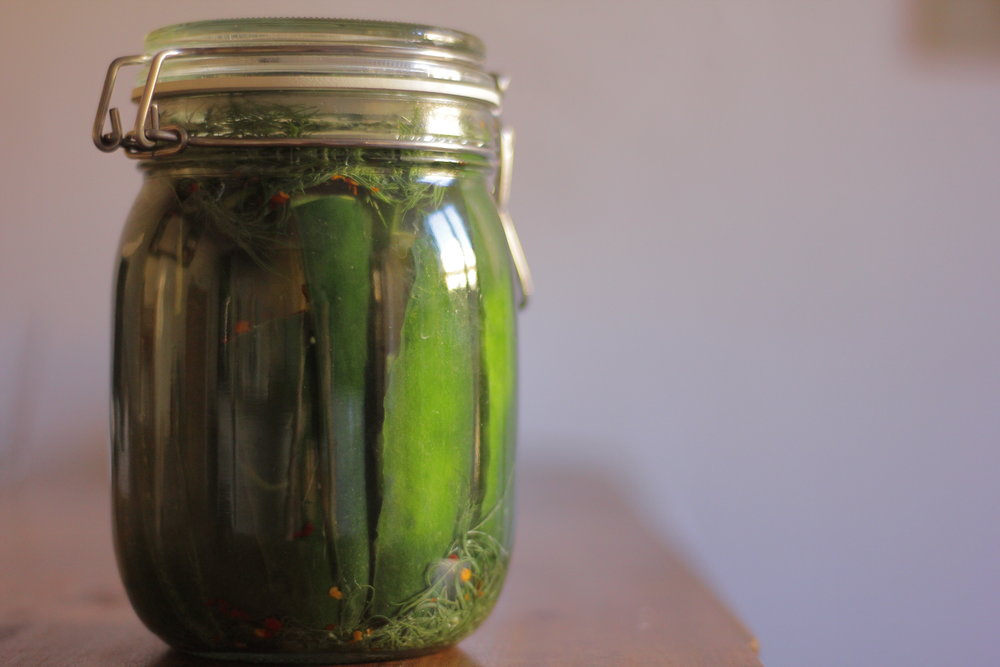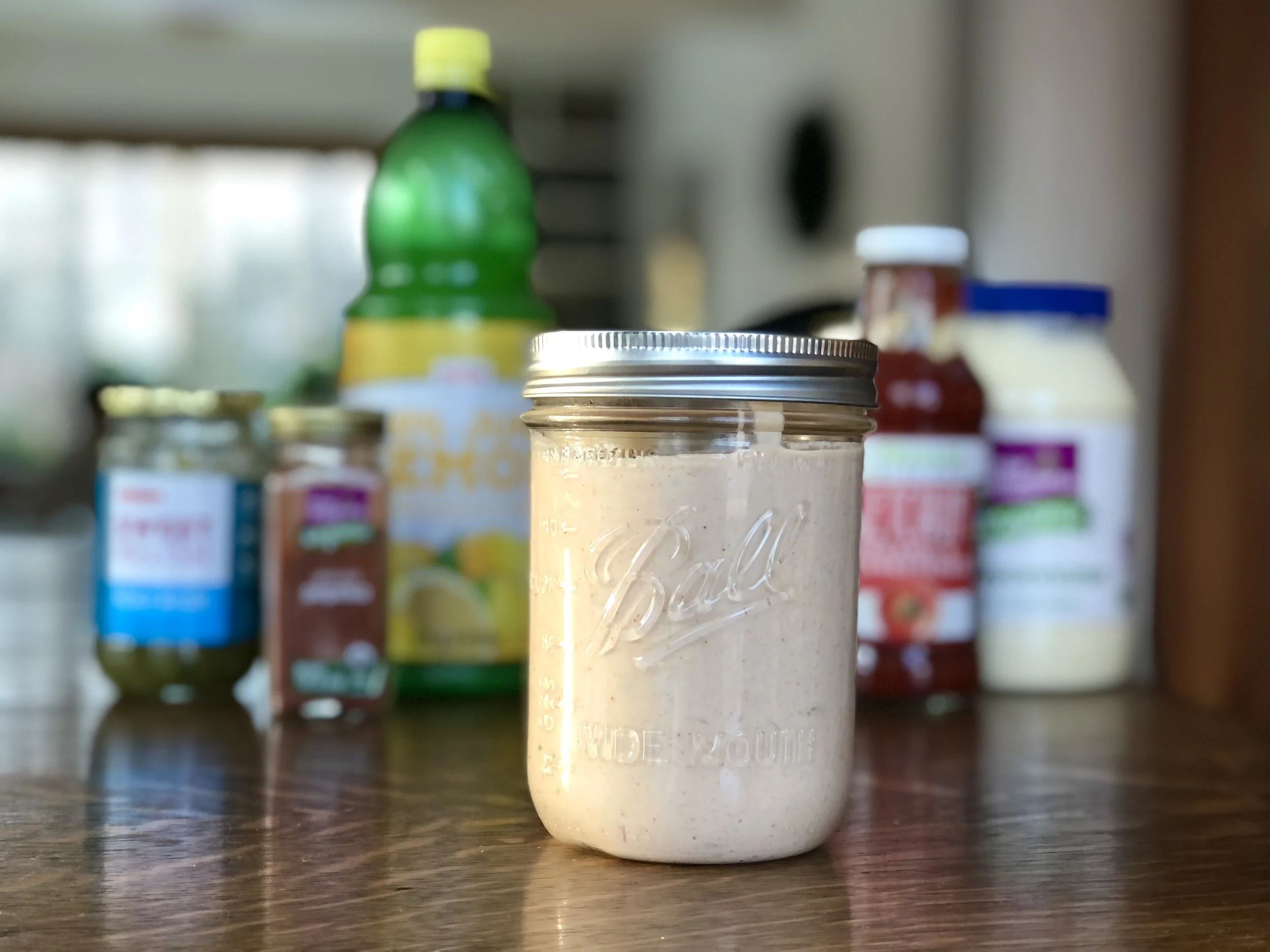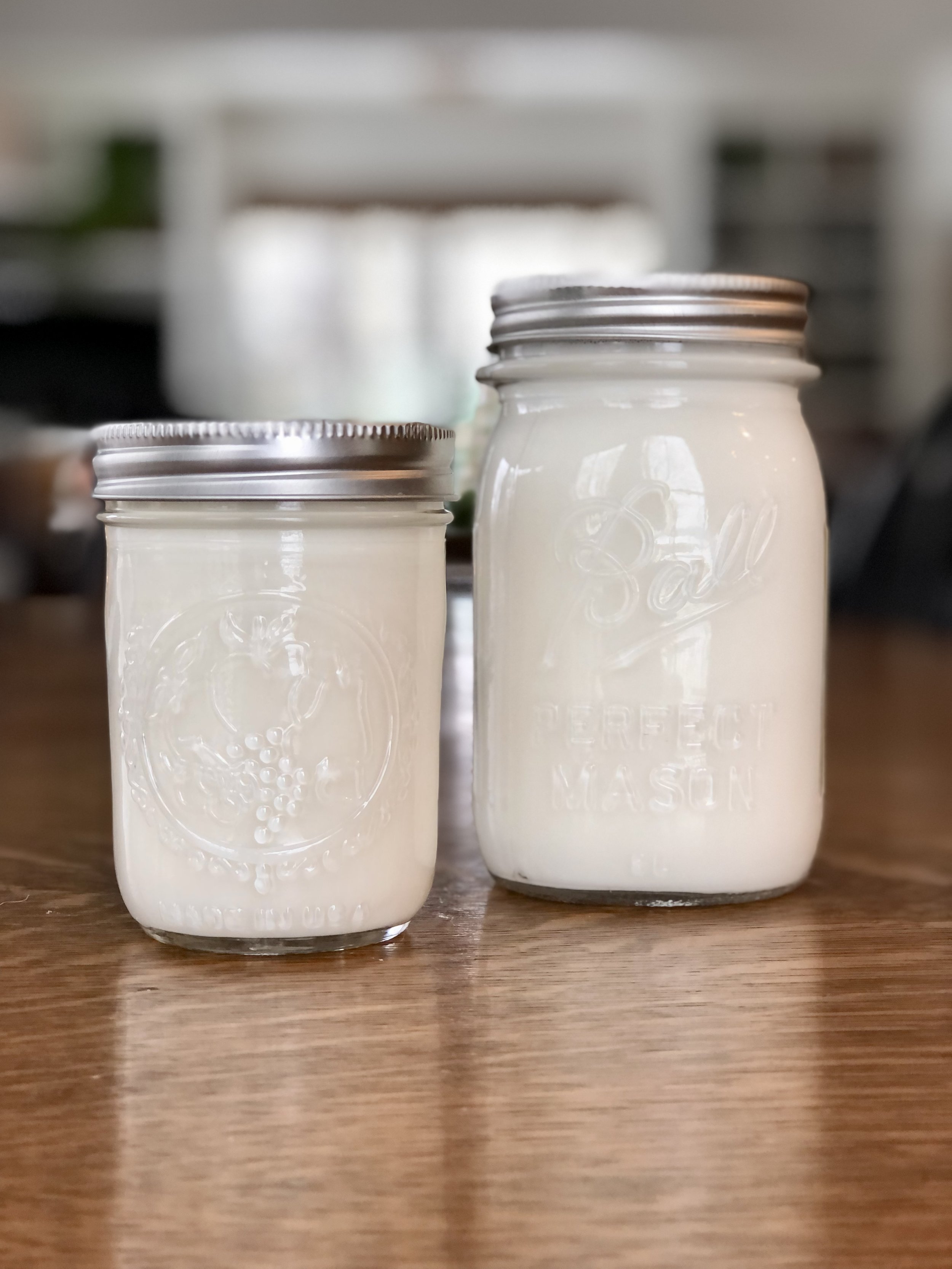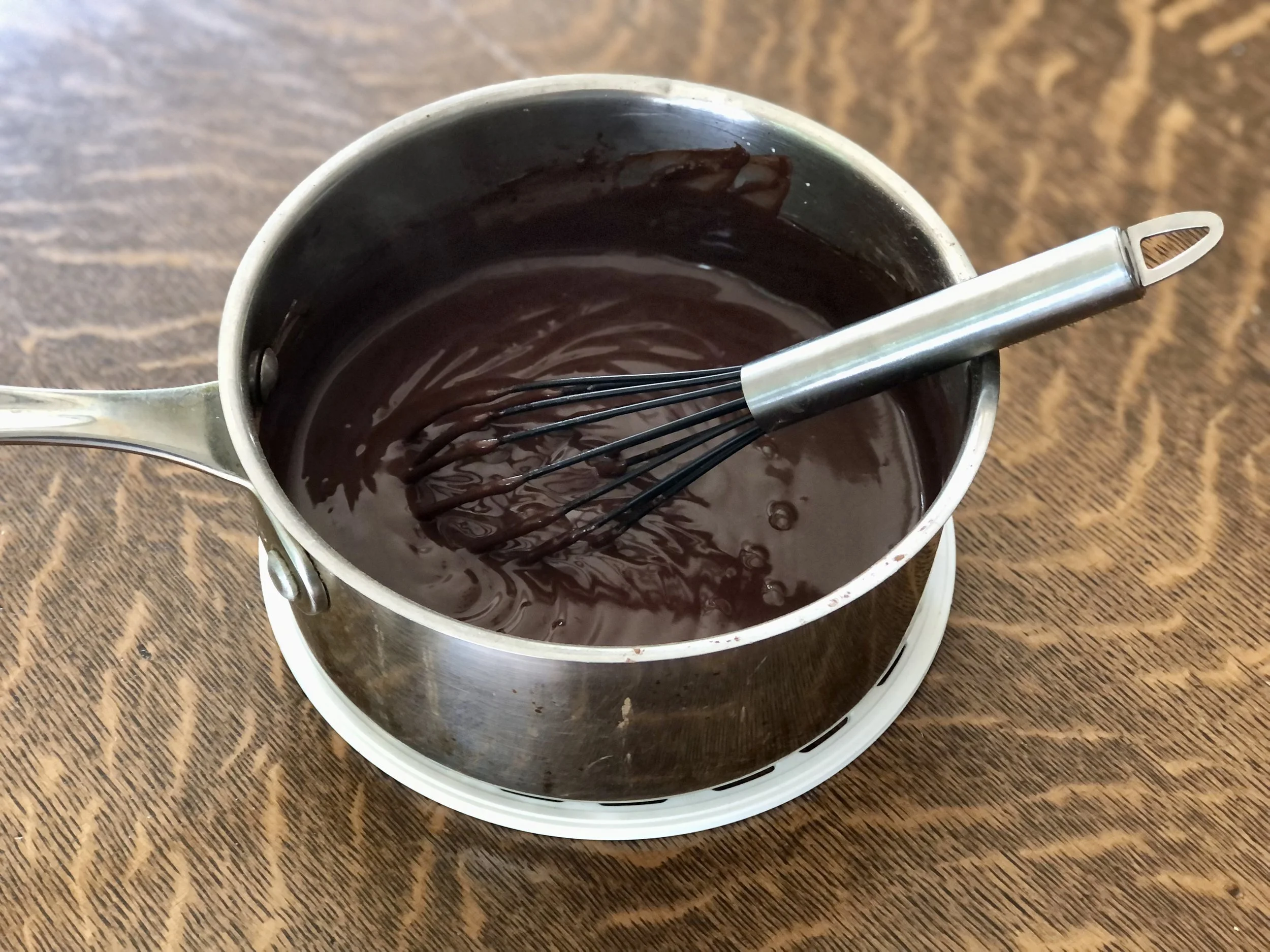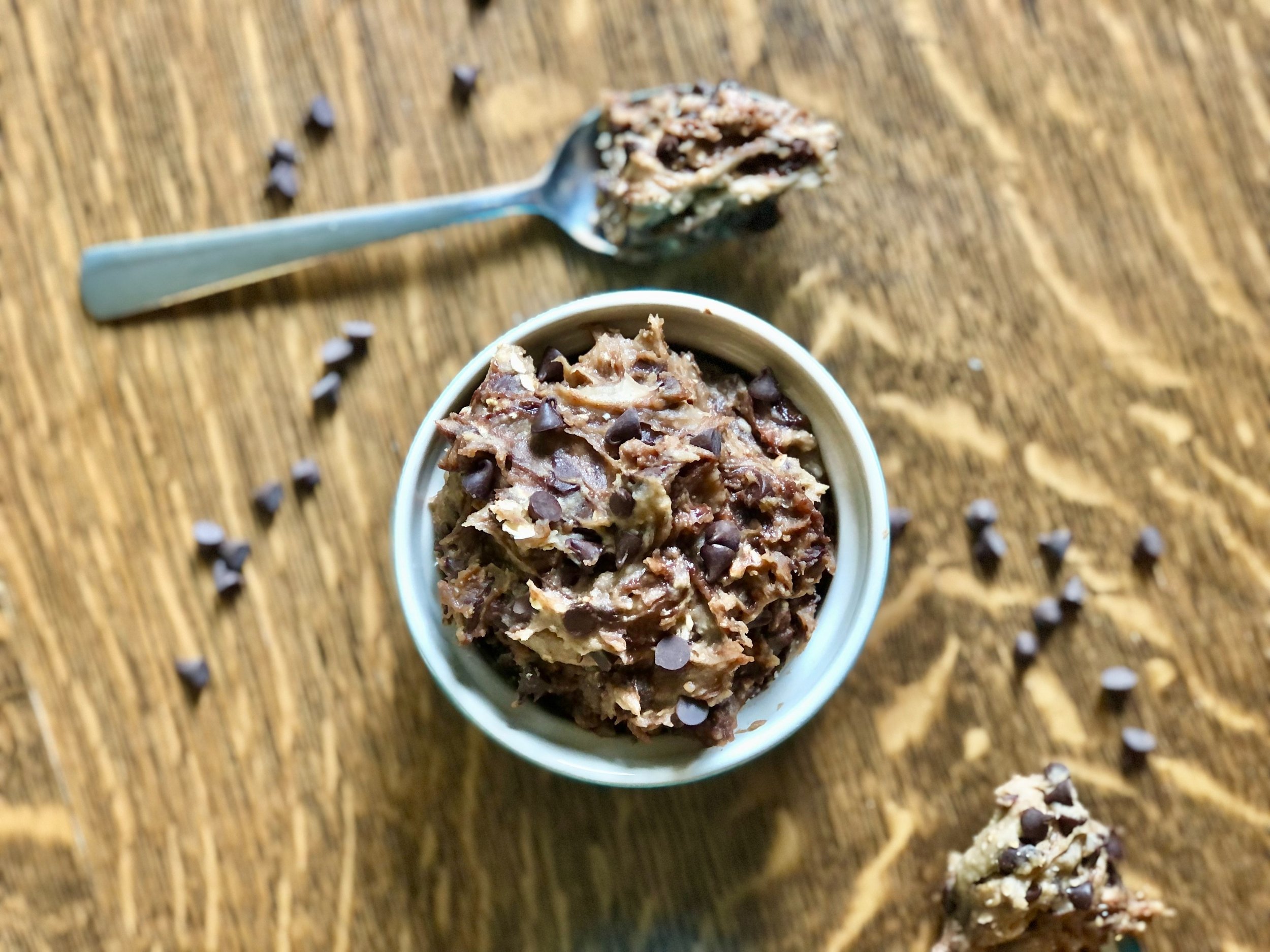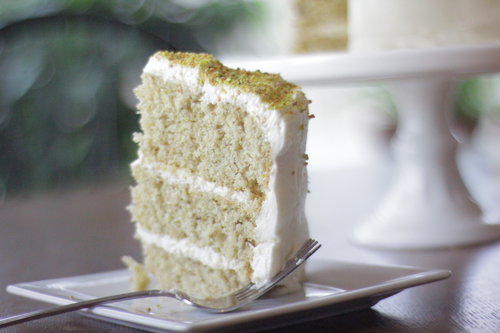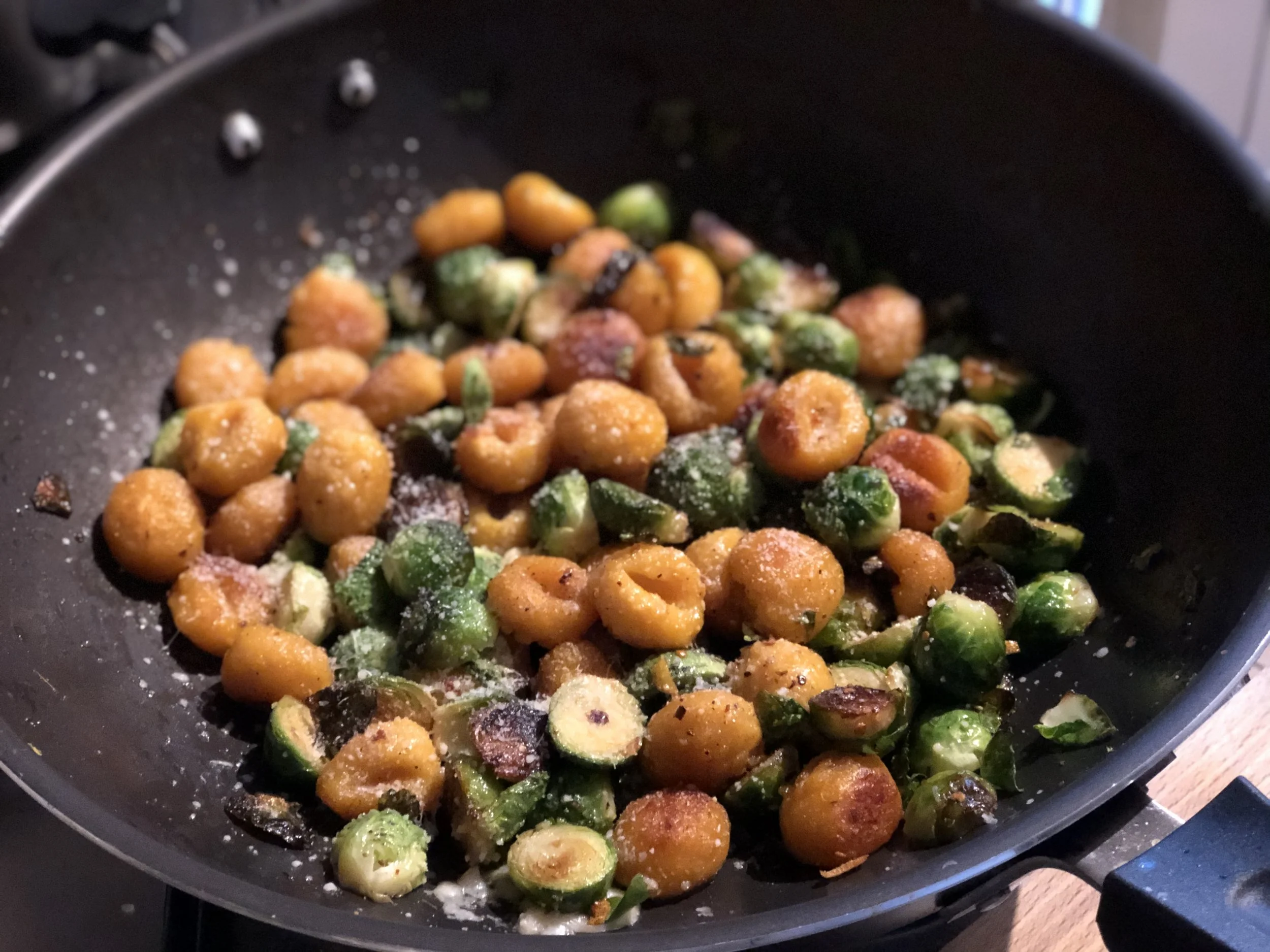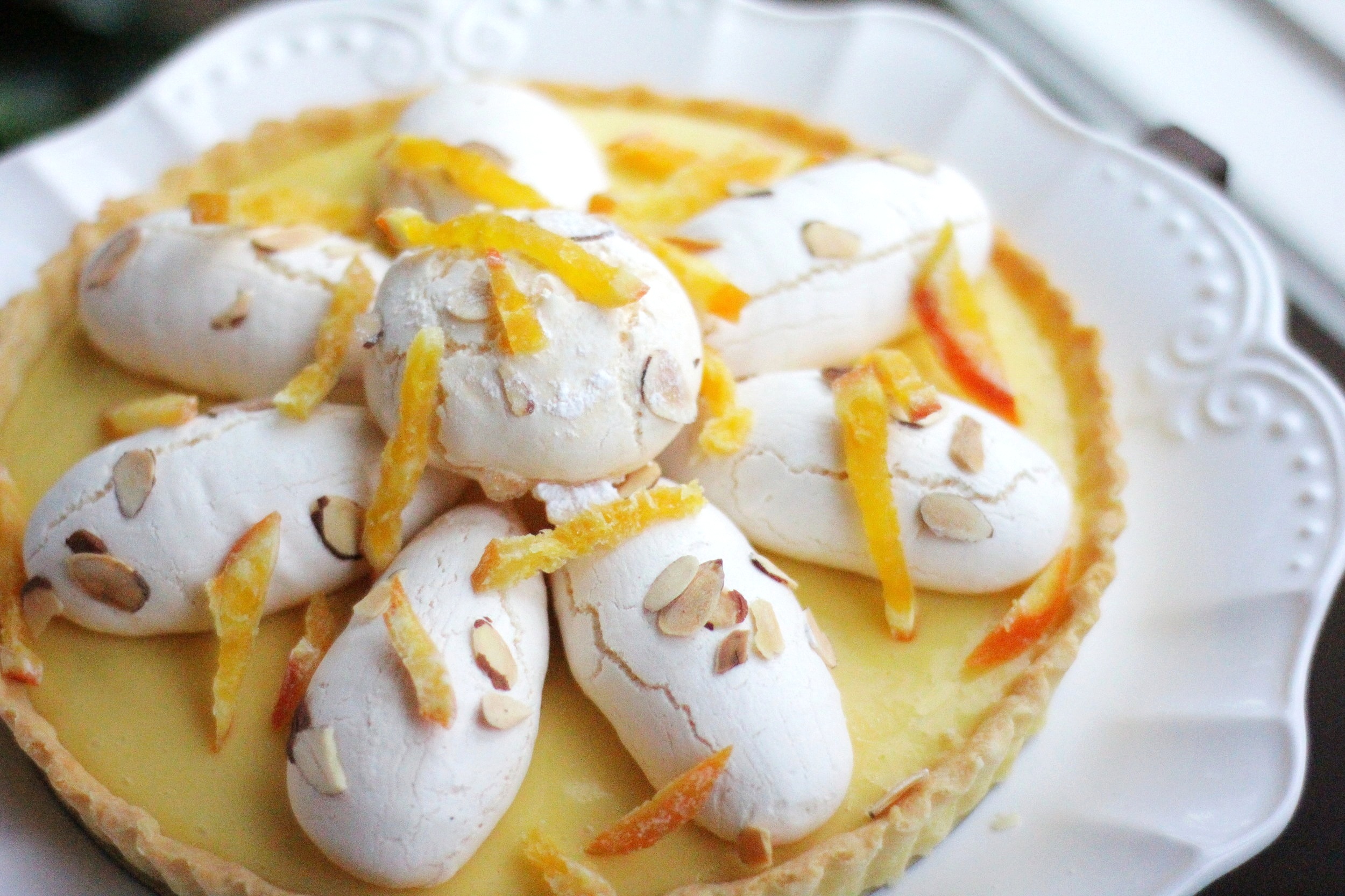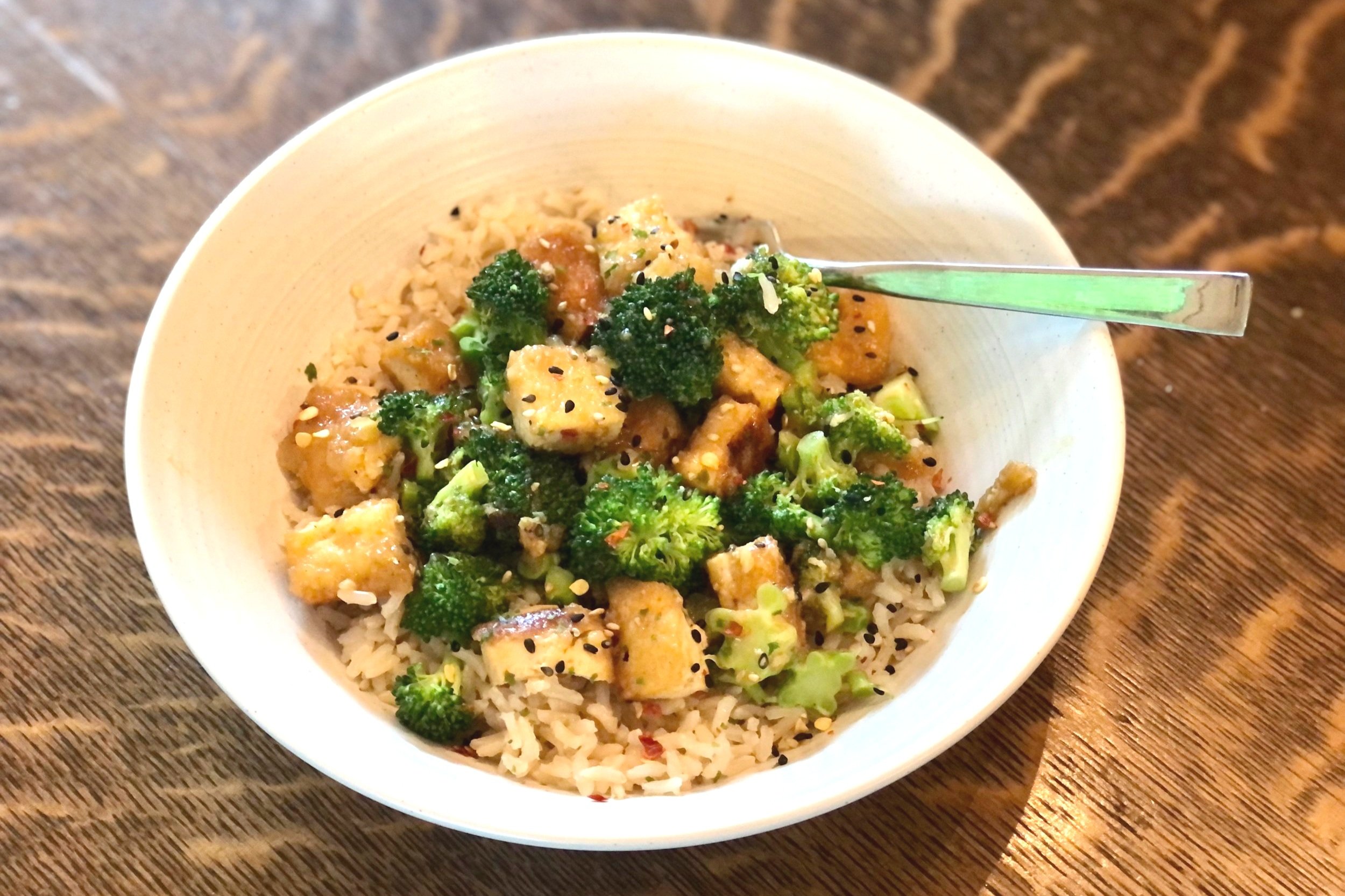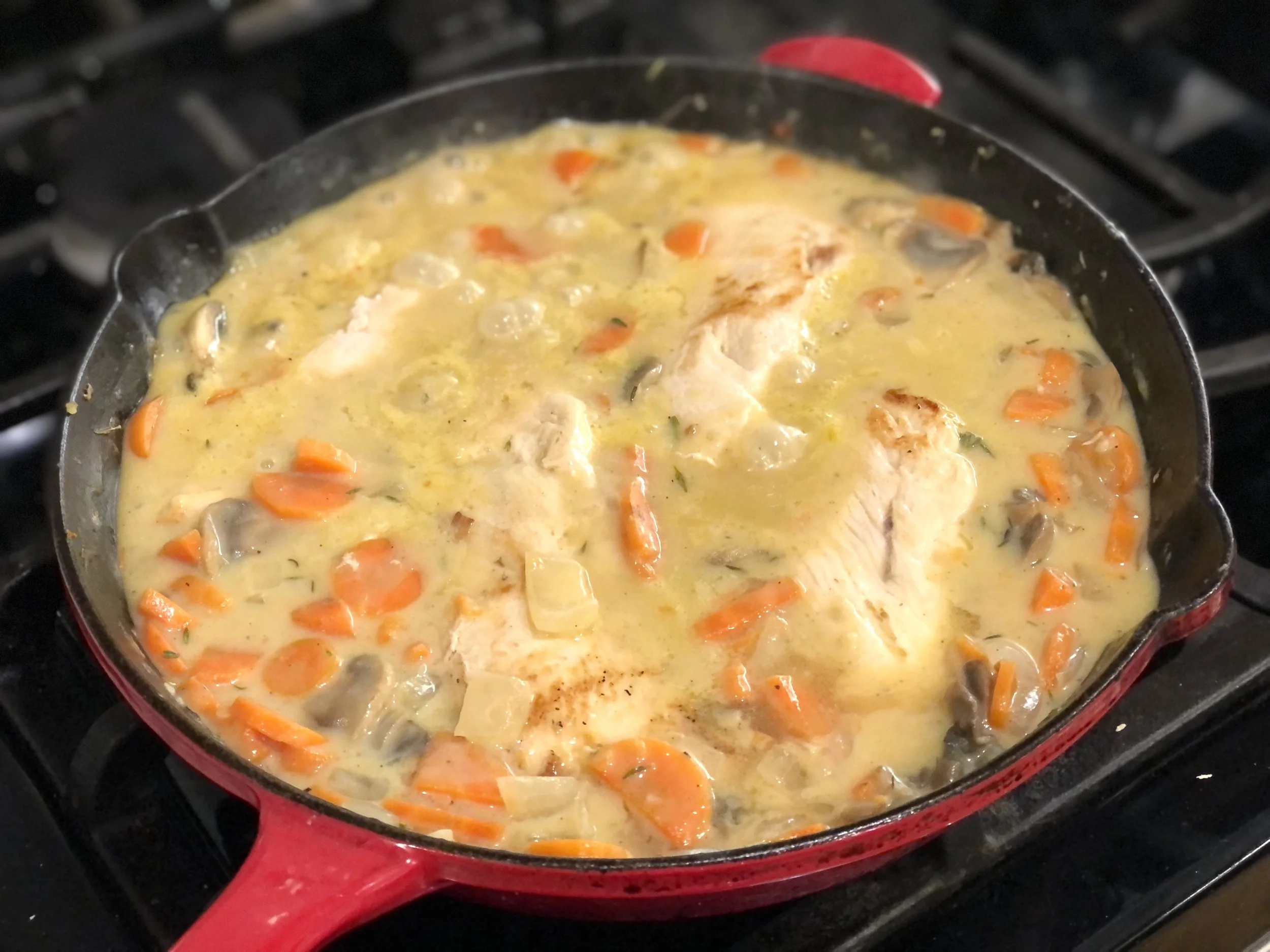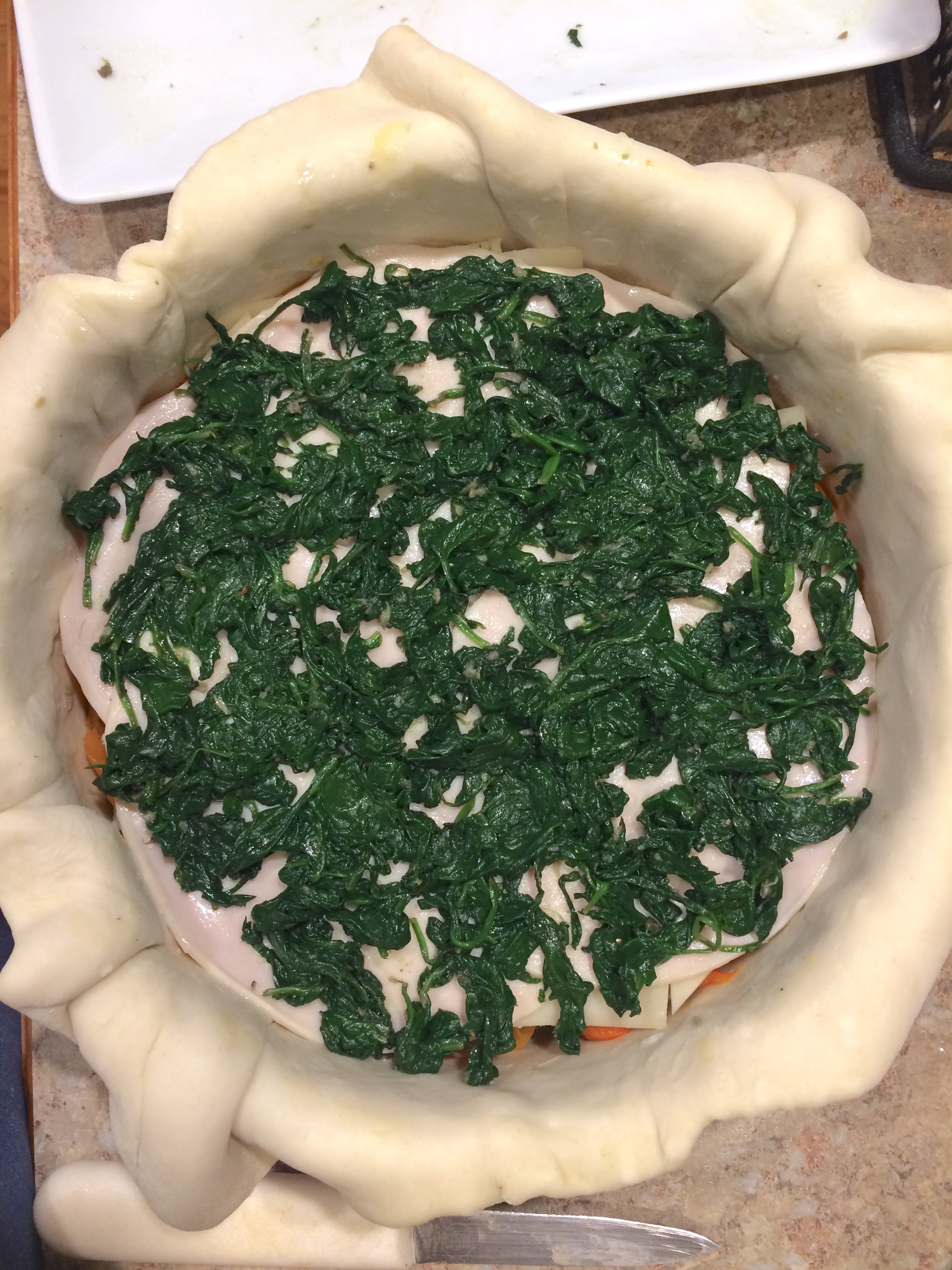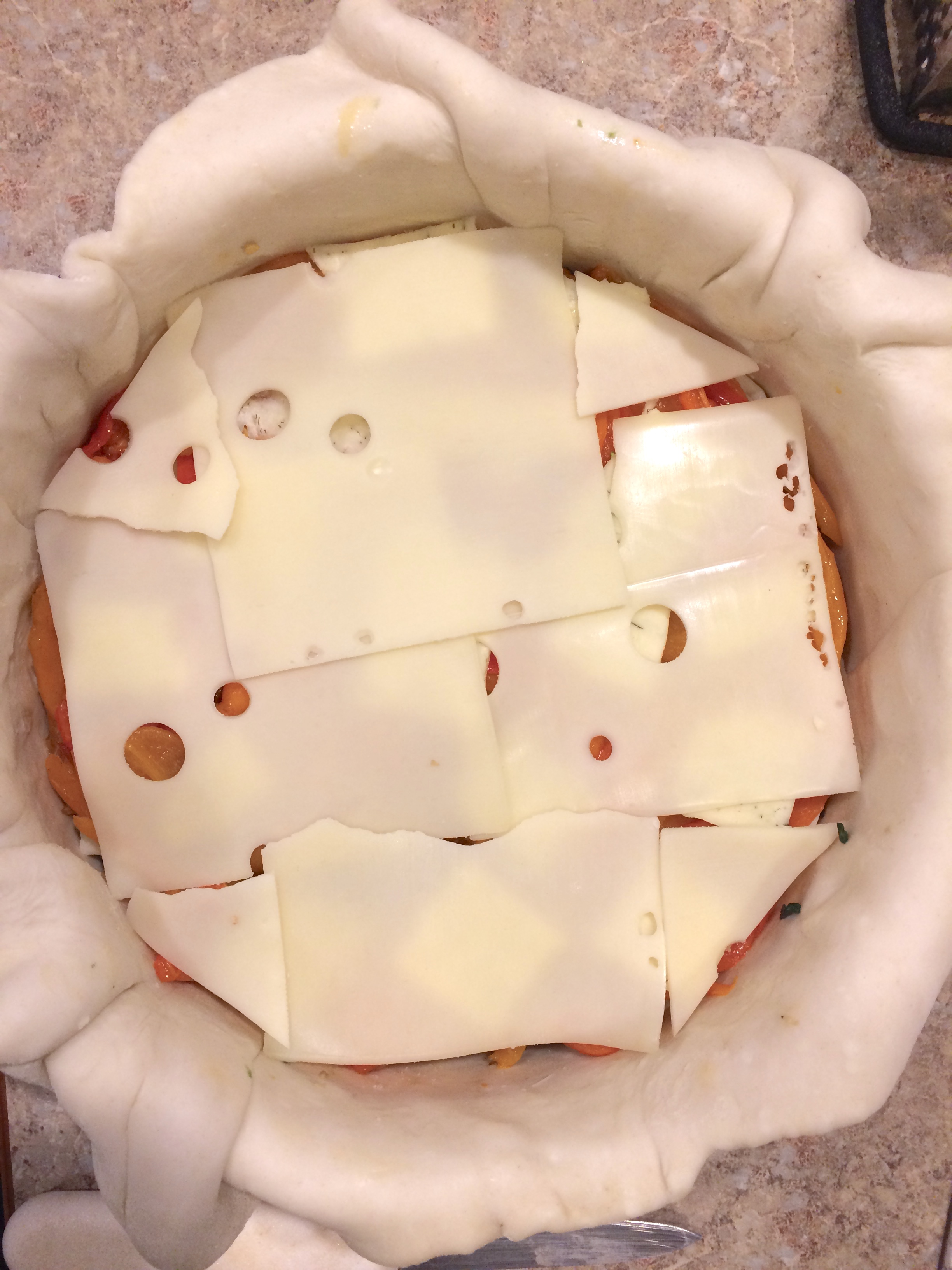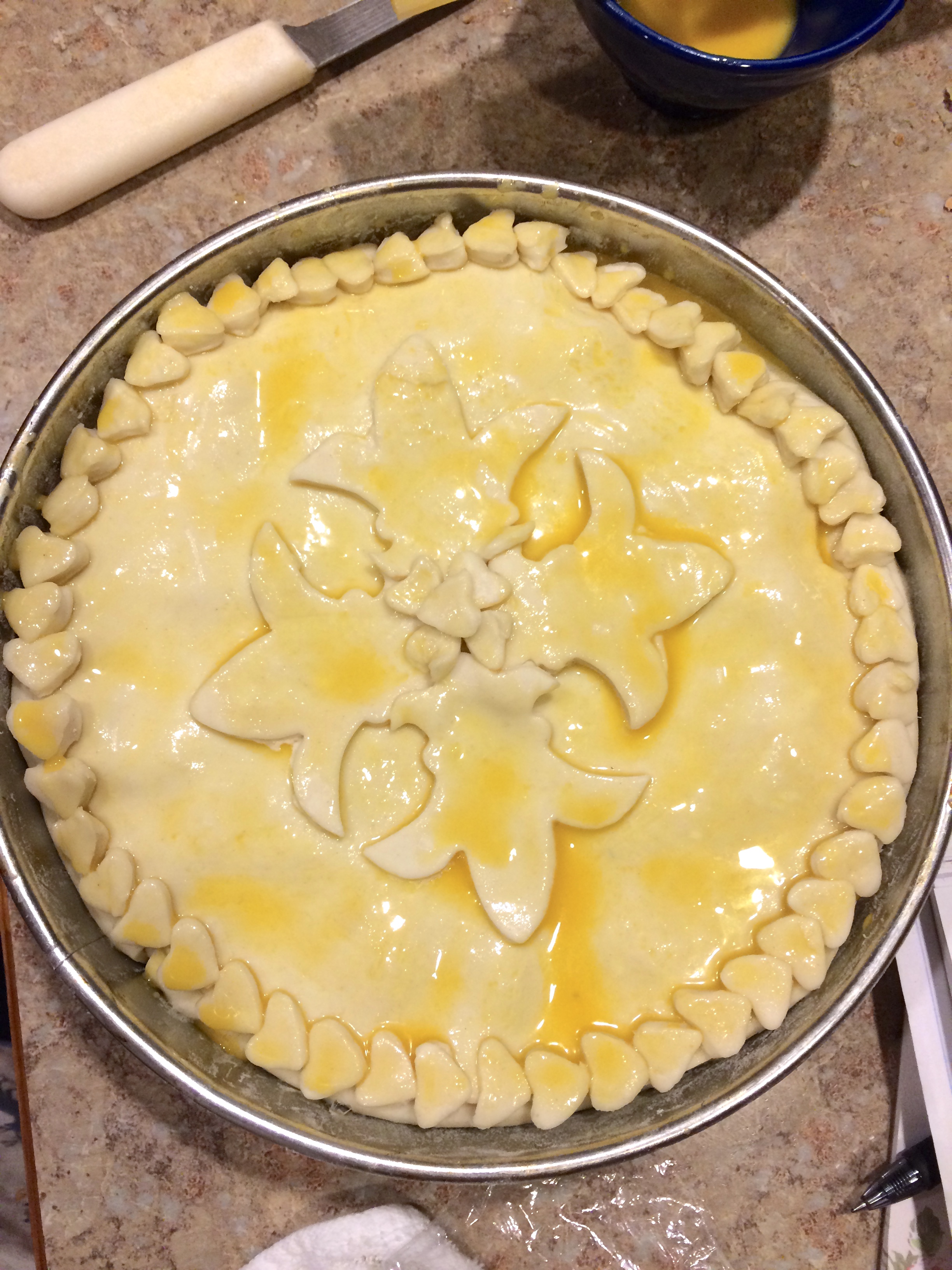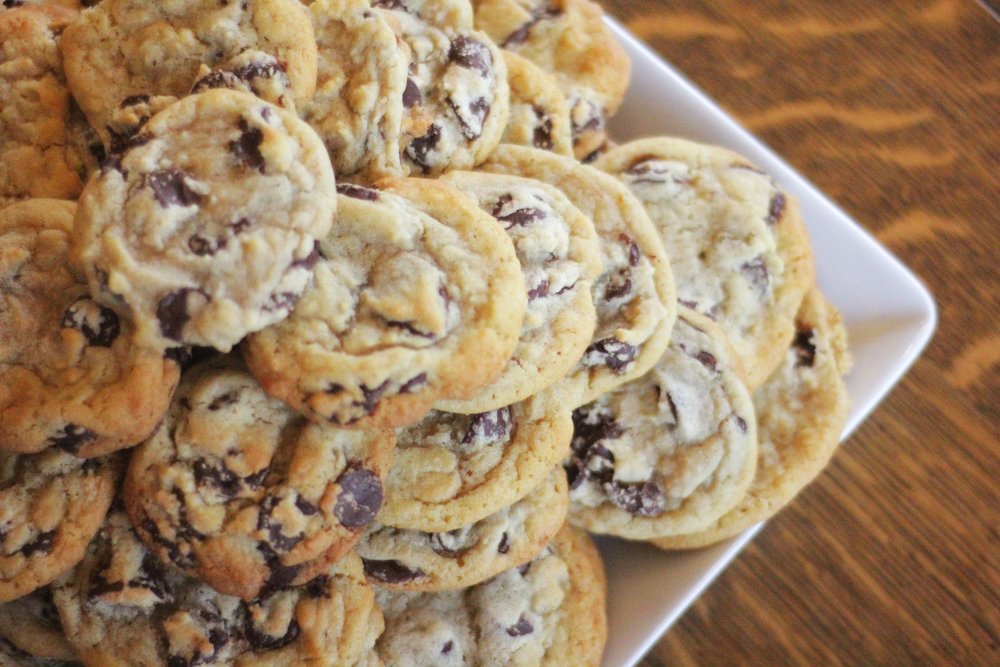Ganache Coconut Cream Pie Bars
/Last Updated October 8, 2024
Oh my gosh! Ganache. Yes, coconut cream pie is delicious. So are Almond Joys and Mounds. So why not put them together, add a shortbread crust, put them in the slightly less formidable to cut bar form instead of pie, and voila: Ganache Coconut Cream Pie Bars.
These bars are slightly involved, but the end product is very worthwhile. Not to mention, you can make an 8x8 pan worth of bars, or 9x13! I almost always go the 9x13 route. This has become a favorite for Christmas, my mom's birthday, and just about any occasion that a little creamy coconut and chocolate is welcome. As what seems to be turning into a trend, I failed to get any kind of decent photo of the inside, so for now, (or maybe forever...once these are cut into you'll understand why photos never get taken) please enjoy the photos of the whipped cream and toasted coconut topping. If you'd like an idea of what bliss you're getting in to, take a peak over at Willow Bird Baking, from whom I adapted the recipe, and see her beautiful photos!
Ganache Coconut Cream Pie Bars
Makes about 20 servings
Ingredients:
For the Shortbread Crust
1 cup (2 sticks) / 226g cold butter
2 cups / 240g all-purpose flour
1/2 cup / 100g sugar
For the Ganache
1/4 cup + 2 Tbsp / 87g heavy whipping cream
6 oz (1 cup) / 175g bittersweet or semisweet chocolate, chopped, or chips
For the Coconut Cream Filling
6 cups / 1,422g unsweetened coconut milk or milk of choice
4 eggs
1 1/2 cups / 300g sugar
2/3 cup / 73g cornstarch
1/2 tsp / 2.5g salt
1 1/2 cups / 150g flaked unsweetened coconut
1/2 tsp / 2.5g coconut extract
1/2 tsp / 2.5g vanilla extract
For the Whipped Cream Topping
2 cups / 464g heavy whipping cream
1/2 cup / 100g sugar
1 tsp / 5g vanilla extract
1/2 cup / 50g flaked unsweetened coconut, toasted (see below)
Directions:
Oven 350°F / 177°C. Ungreased 9x13in / 23x33cm baking dish.
Make the Shortbread Crust
Cut the butter into flour and sugar using a fork, pastry cutter, or in a food processor. Once the mixture resembles coarse sand and the butter chunks are no larger than small peas, press mixture evenly into bottom prepared pan.
Bake for 18-22 minutes until lightly golden-brown. Set aside to cool. Leave oven on for toasting the coconut.
Make the Ganache
While the crust is baking, prepare the ganache. Place the chocolate in a medium bowl and the cream in a small saucepan. Over medium-low heat, bring the cream to a simmer. You can also use the microwave, 30 seconds-1 minute or until cream is just simmering, but not boiling.
Pour the cream over the chocolate and let sit for 1-2 minutes to melt the chocolate. Whisk until completely smooth.
Once the crust is finished and partly cooled, pour ganache evenly over crust. Place in fridge to set.
Toast the Coconut
Place the 1/2 cup coconut for the topping in a shallow baking dish. Place in oven and stir every 1-2 minutes, making sure it doesn't over-brown, for a total of 5-10 minutes. Remove and let cool.
Make the Coconut Cream Filling
Combine milk, eggs, sugar, cornstarch, and salt in a large saucepan.
Place over medium heat, whisking constantly, until mixture begins to thicken and comes to a boil. This can take anywhere from 15-35 minutes, depending on your stove.
Once thickened, remove from heat and stir in coconut and both extracts.
Remove crust from fridge and pour filling over crust. Place back in fridge to set, 2-4 hours.
Make the Whipped Cream Topping
Whip the cream and sugar in the bowl of a stand mixer or with a handheld mixer until stiff peaks form.
Spoon over chilled bars, or pipe. Finish with toasted coconut. Store in fridge.
Jenny's Notes:
Because the ganache in this recipe is not decorative, you can easily substitute coconut milk or another kind for the heavy whipping cream. I prefer using coconut milk, reducing the amount of fat/calories. Save those for when you need the high-shine perfect ganache!
If you only have sweetened coconut milk or sweetened flaked coconut on hand, go ahead and use those. Simply reduce the sugar by about 1/4-1/2 cup / 50-100g in the filling, if you wish. I prefer to have unsweetened coconut on hand so I can control how much sugar I'm adding to breakfasts, desserts, etc., plus I like the smaller size of flaked and grated coconut vs. shredded.
For toasting coconut, and every use really, I highly recommend Le Creuset pans. My toasted coconut used to always come out in various shades, but since using Le Creuset it always turns out a beautiful even, golden-brown. They conduct heat evenly and beautifully.
If a 9x13 pan of coconut cream heaven seems daunting to you, it's super easy to halve this recipe for a 8x8 or 9x9in pan!
These bars should ideally be eaten within 3-4 days. Otherwise the whipped cream starts to separate and the crust gets soggy.
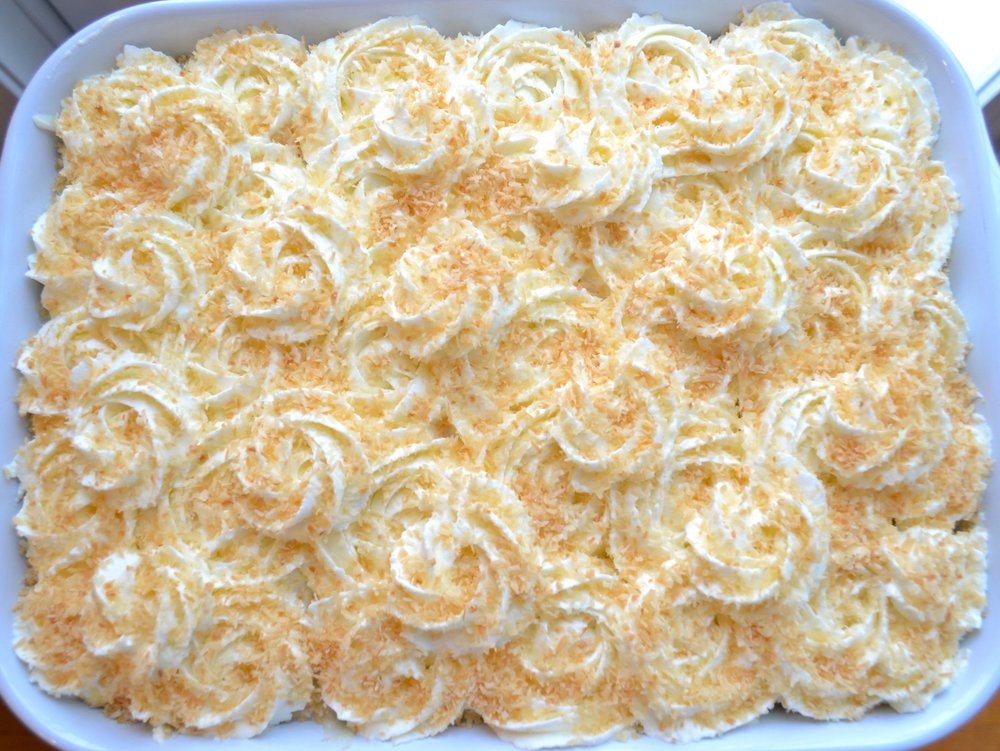
Ganache Coconut Cream Pie Bars
Ingredients
Instructions
- Oven 350°F / 177°C. Ungreased 9x13in / 23x33cm baking dish.
- Cut the butter into flour and sugar using a fork, pastry cutter, or in a food processor. Once the mixture resembles coarse sand and the butter chunks are no larger than small peas, press mixture evenly into bottom prepared pan.
- Bake for 18-22 minutes until lightly golden-brown. Set aside to cool. Leave oven on for toasting the coconut.
- While the crust is baking, prepare the ganache. Place the chocolate in a medium bowl and the cream in a small saucepan. Over medium-low heat, bring the cream to a simmer. You can also use the microwave, 30 seconds-1 minute or until cream is just simmering, but not boiling.
- Pour the cream over the chocolate and let sit for 1-2 minutes to melt the chocolate. Whisk until completely smooth.
- Once the crust is finished and partly cooled, pour ganache evenly over crust. Place in fridge to set.
- Place the 1/2 cup coconut for the topping in a shallow baking dish. Place in oven and stir every 1-2 minutes, making sure it doesn't over-brown, for a total of 5-10 minutes. Remove and let cool.
- Combine milk, eggs, sugar, cornstarch, and salt in a large saucepan.
- Place over medium heat, whisking constantly, until mixture begins to thicken and comes to a boil. This can take anywhere from 15-35 minutes, depending on your stove.
- Once thickened, remove from heat and stir in coconut and vanilla extracts.
- Remove crust from fridge and pour filling over crust. Place back in fridge to set, 2-4 hours.
- Whip the cream and sugar in the bowl of a stand mixer or with a handheld mixer until stiff peaks form.
- Spoon over chilled bars, or pipe. Finish with toasted coconut. Store in fridge.
Notes
Because the ganache in this recipe is not decorative, you can easily substitute coconut milk or another kind for the heavy whipping cream. I prefer using coconut milk, reducing the amount of fat/calories. Save those for when you need the high-shine perfect ganache!If you only have sweetened coconut milk or sweetened flaked coconut on hand, go ahead and use those. Simply reduce the sugar by about 1/4-1/2 cup / 50-100g in the filling, if you wish. I prefer to have unsweetened coconut on hand so I can control how much sugar I'm adding to breakfasts, desserts, etc., plus I like the smaller size of flaked and grated coconut vs. shredded.For toasting coconut, and every use really, I highly recommend Le Creuset pans. My toasted coconut used to always come out in various shades, but since using Le Creuset it always turns out a beautiful even, golden-brown. They conduct heat evenly and beautifully.If a 9x13 pan of cream coconut heaven seems daunting to you, it's super easy to halve this recipe for an 8x8 or 9x9in pan!These bars should ideally be eaten within 3-4 days. Otherwise the whipped cream starts to separate and the crust gets soggy.
Nutrition Facts
Calories
446.04Fat
30.59 gSat. Fat
21.07 gCarbs
41.54 gFiber
2.52 gNet carbs
39.02 gSugar
26.41 gProtein
4.58 gSodium
152.00 mgCholesterol
92.63 mgNutritional information is approximate. Based on 20 servings.


